
Brittish Actors
Collection of Classic Brittish Actors
Honor Blackman
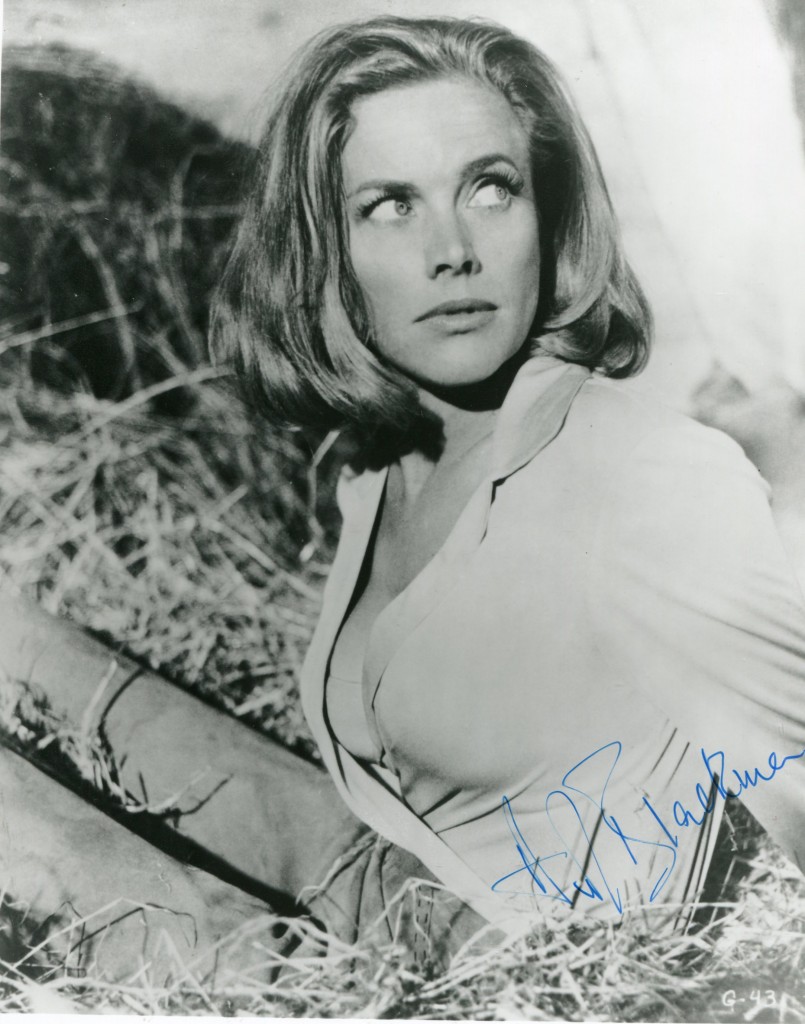
Honor Blackman (Wikipedia)
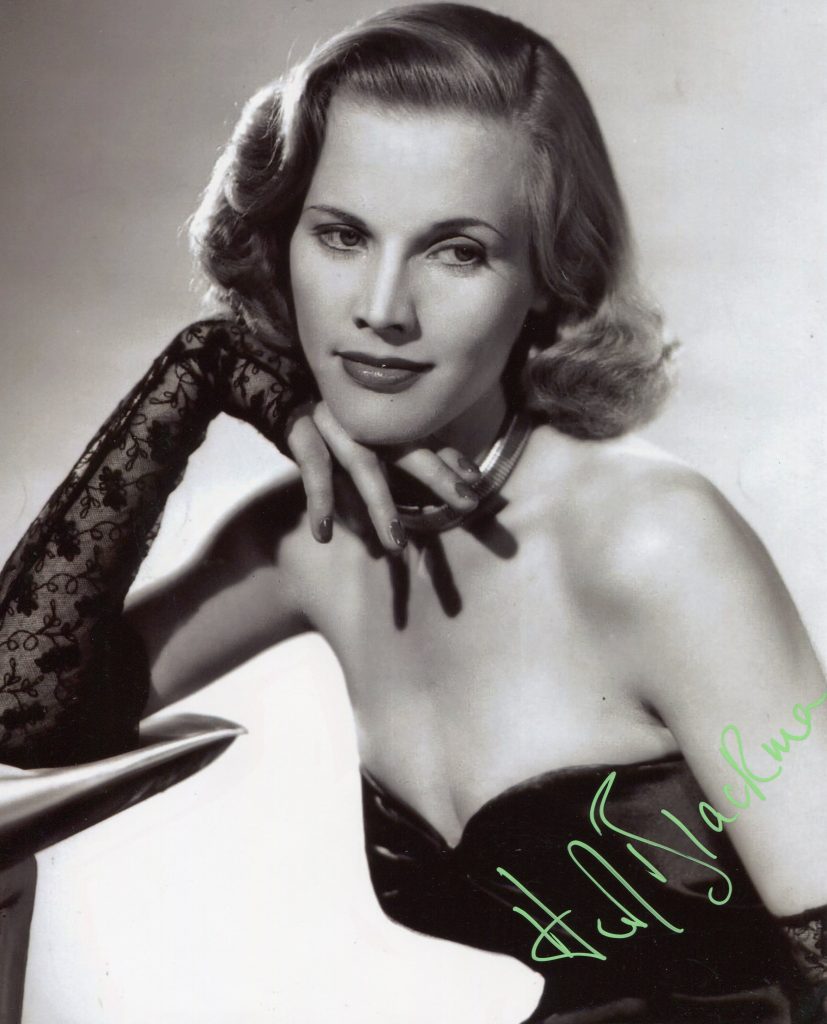
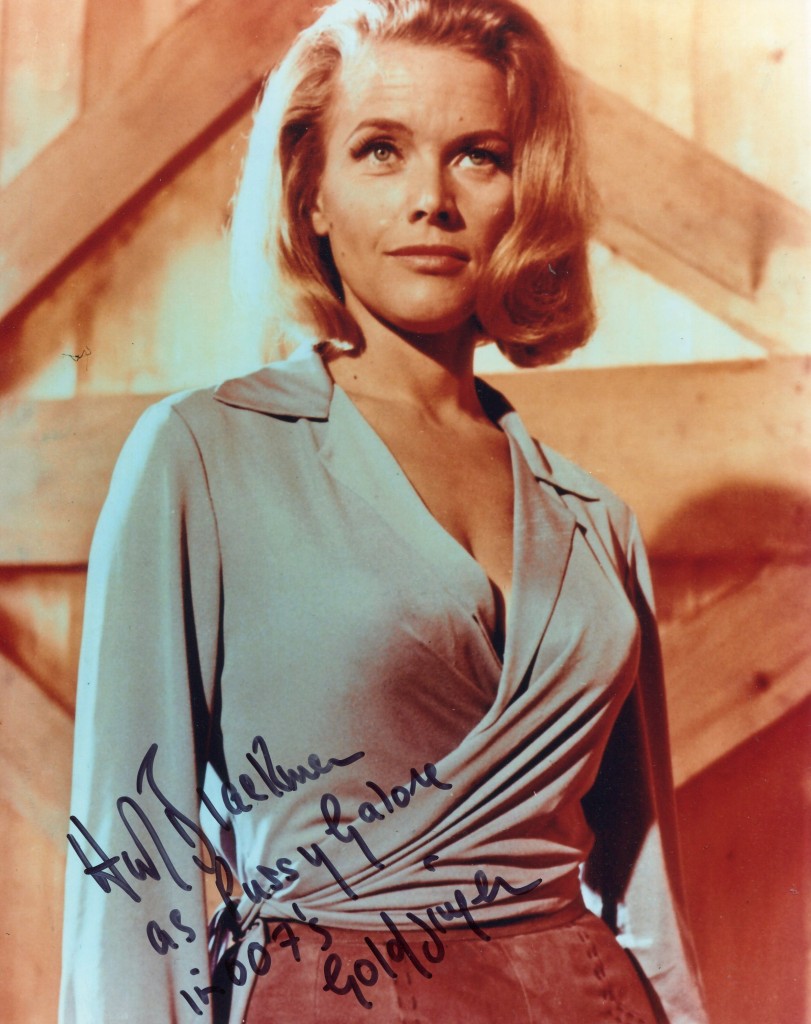
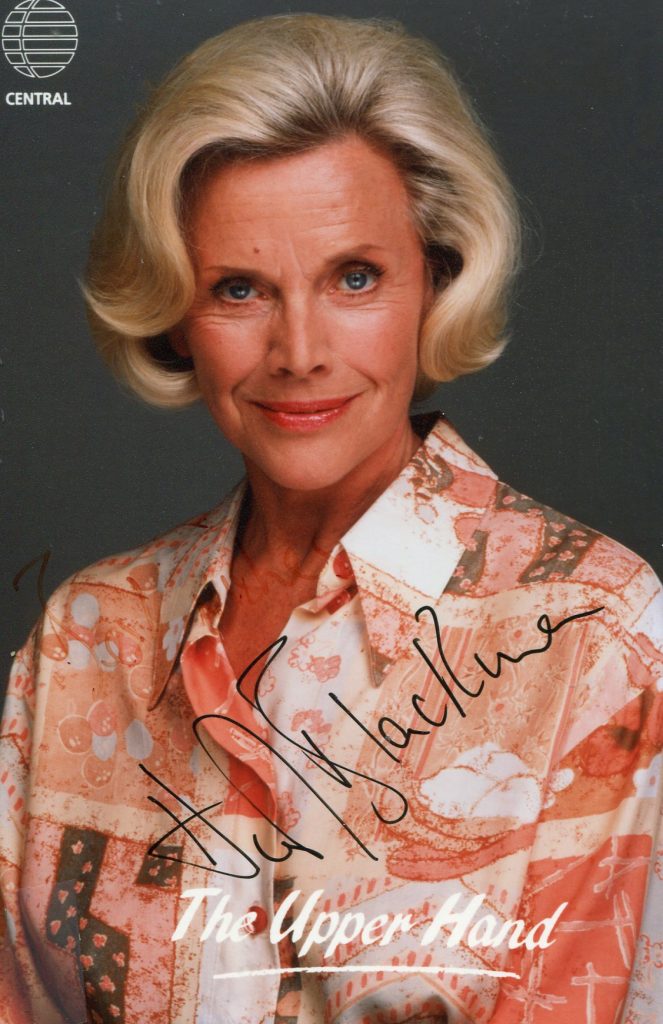
Honor Blackman is to my mind the best of the Bond babes. She starred as ‘Pussy Galore’ in “Goldfinger” in 1964 opposite Sean Connery. She also starred as Cathy Gale in the groundbreaking televisionseries “The Avengers”. Her other movies include “Daughter of Darkness” in 1947, “A Night to Remember” in 1958, “Moment to Moment” in 1966 and “Something Big” in 1971 which was a Western with Dean Martin. She recently played a senior citizen fighting off zombies in “Cockney’s vs Zombies” at the age of 87. Honor Blackman died in April 2020.
Honor Blackman obituary in “The Guardian” in 2020
Many actors might have objected to being associated throughout their careers with a char- acter called Pussy Galore. But Honor Blackman, who has died aged 94, revelled in the notoriety of the role of the aviator she played in the James Bond film Goldfinger (1964).
Having been knocked out with a tranquilliser gun by a hench- man, the first thing Bond (Sean Connery) sees when he regains consciousness is Blackman’s face leaning over him. “Who are you?”, he asks. “My name is Pussy Galore,” she says. “I must be dreaming,” he replies. Later, after trying a few judo moves on each other, they fall into a different kind of clinch.
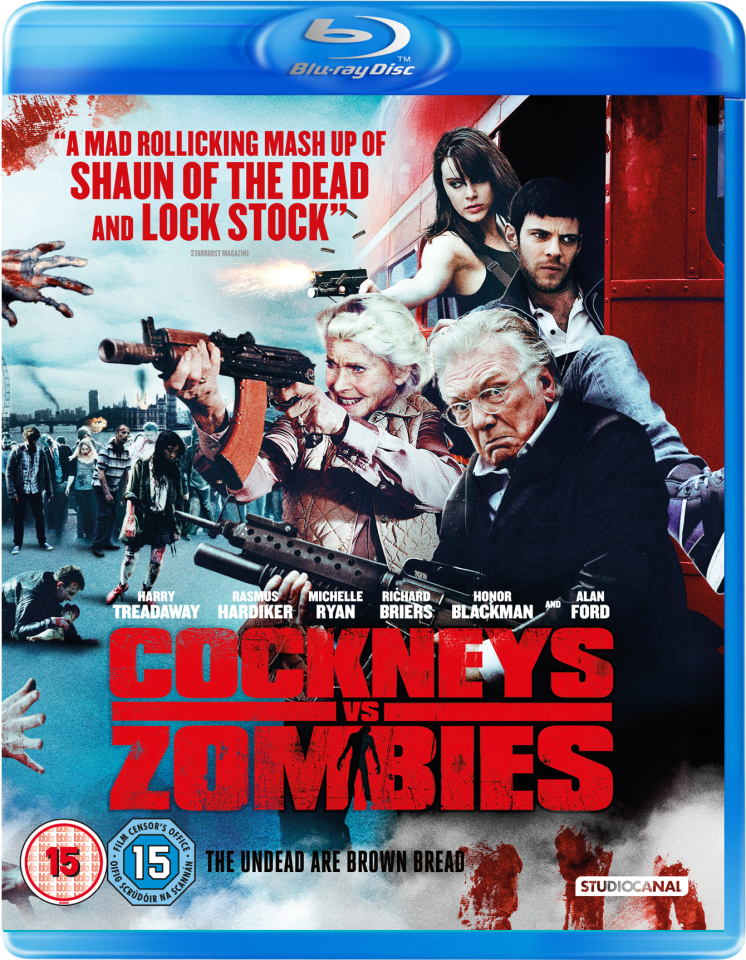
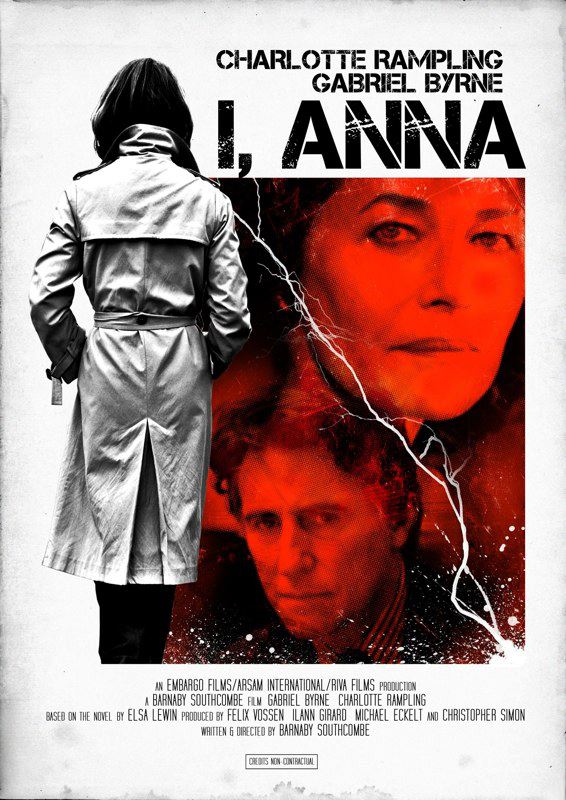
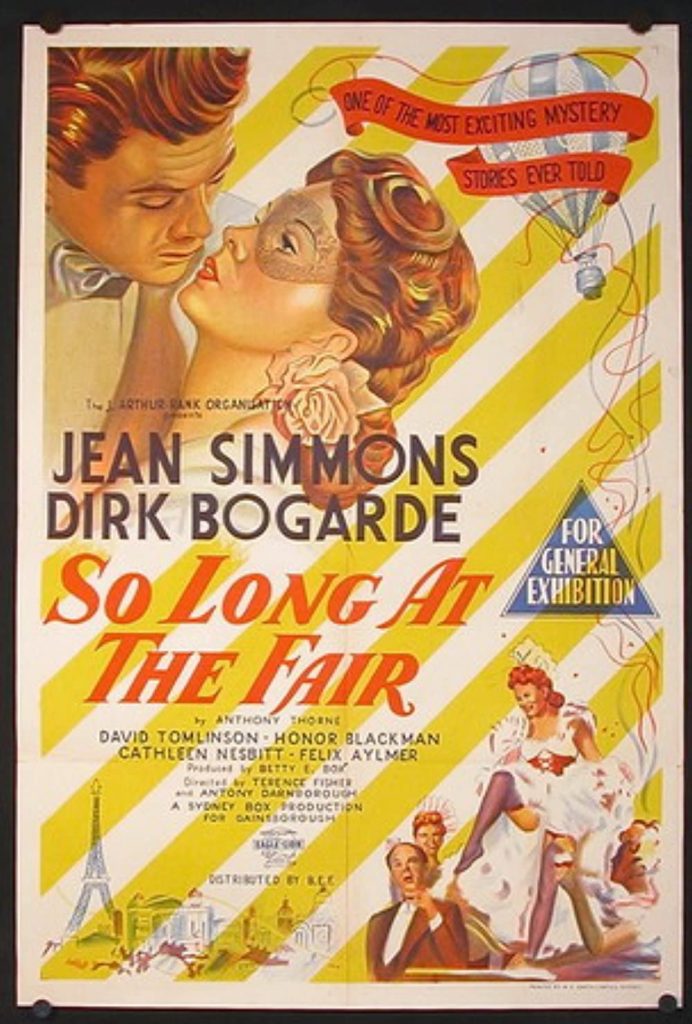
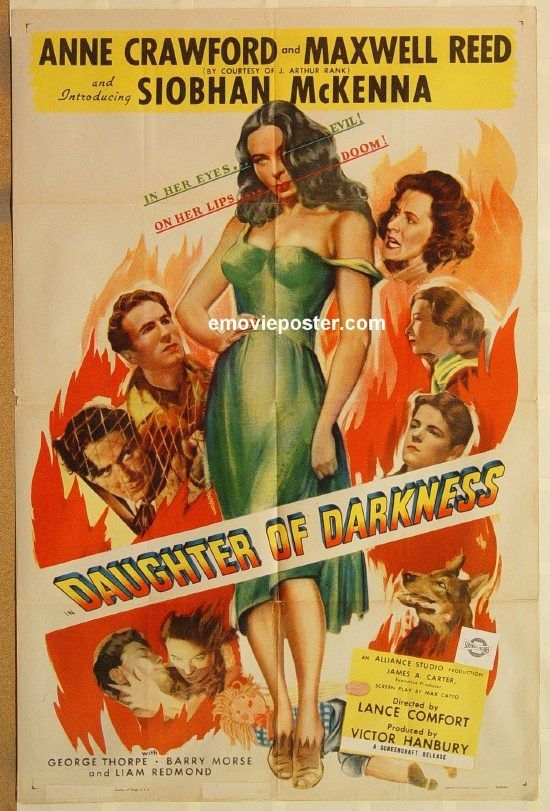
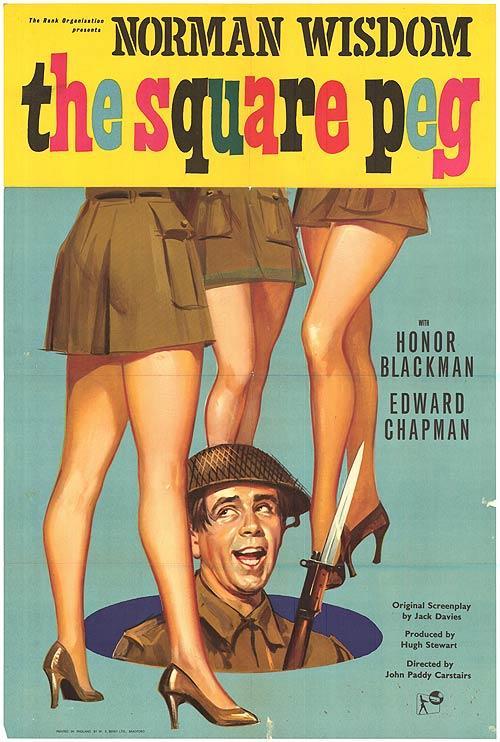
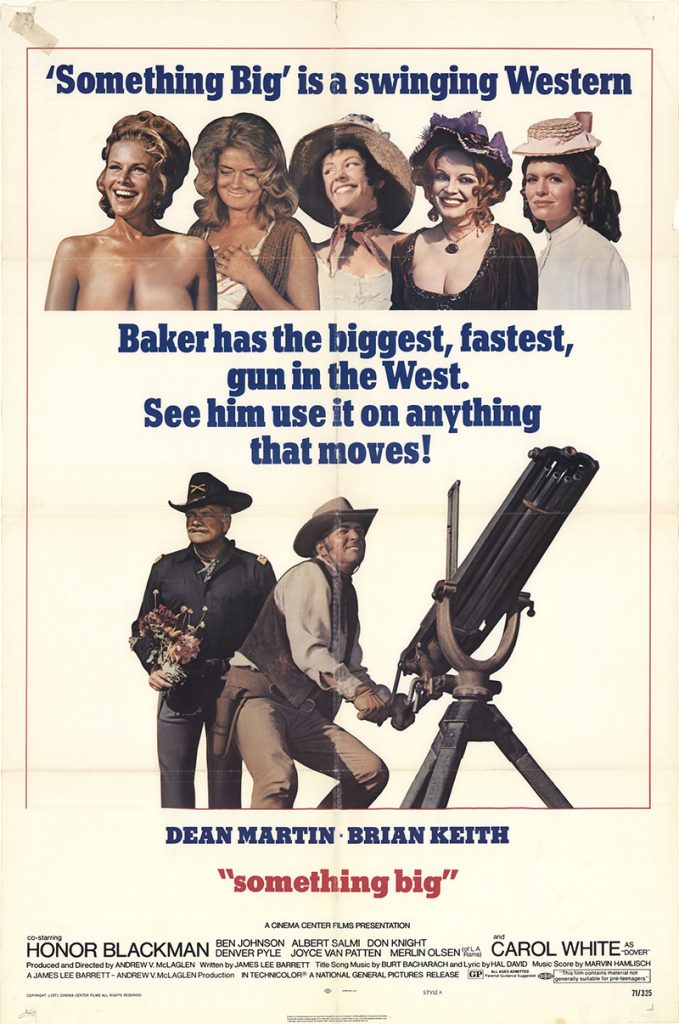
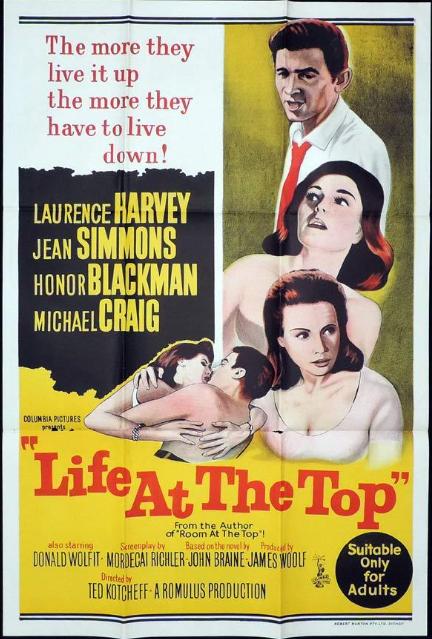
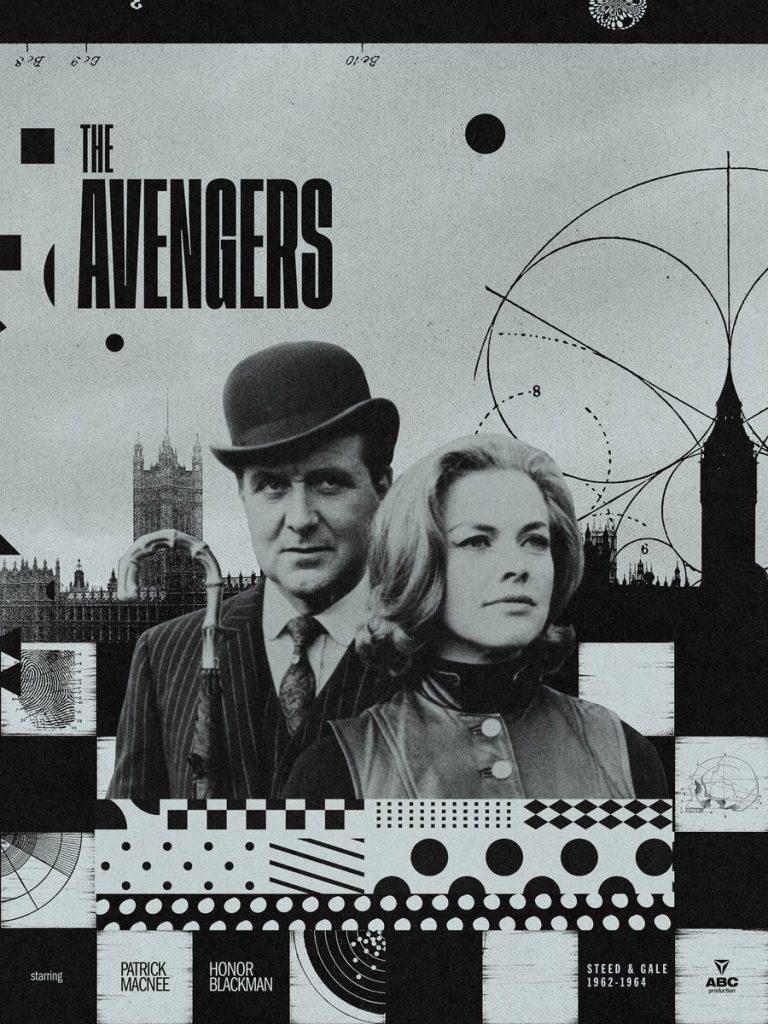
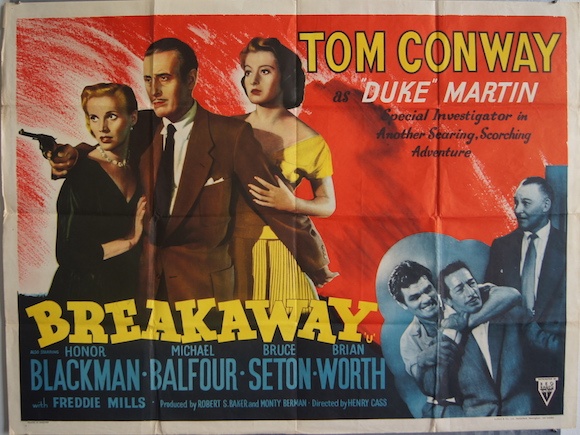
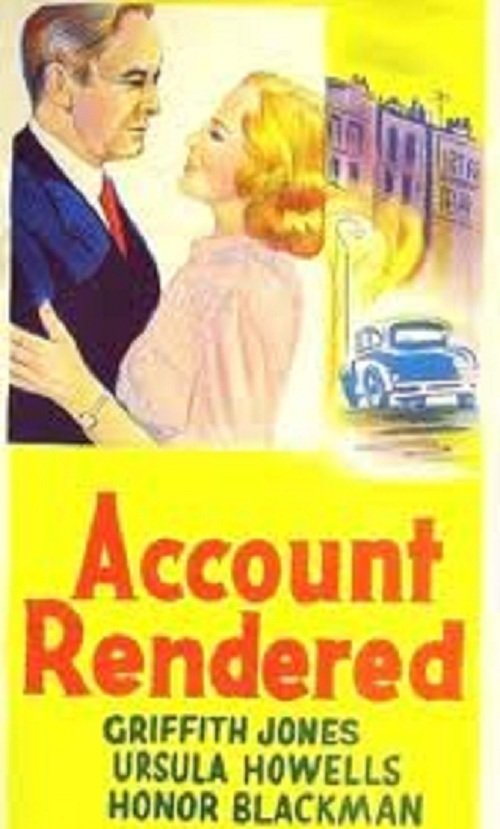
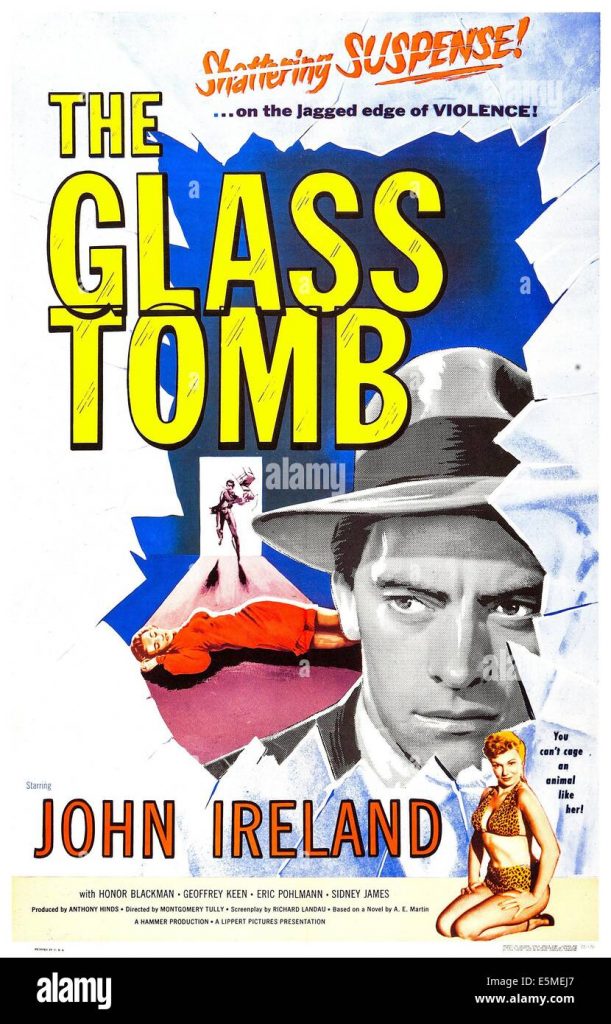
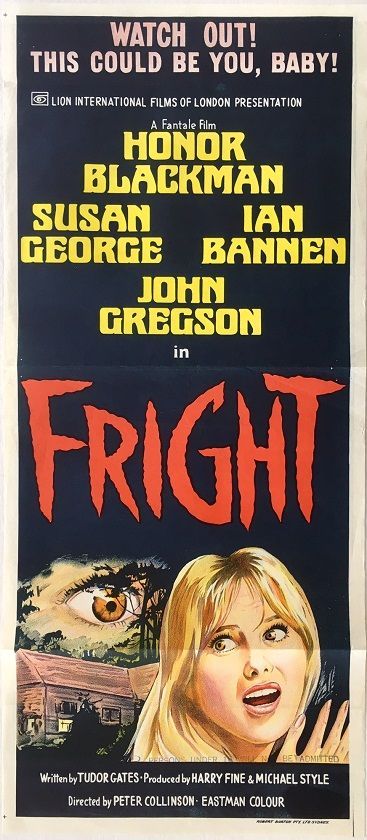

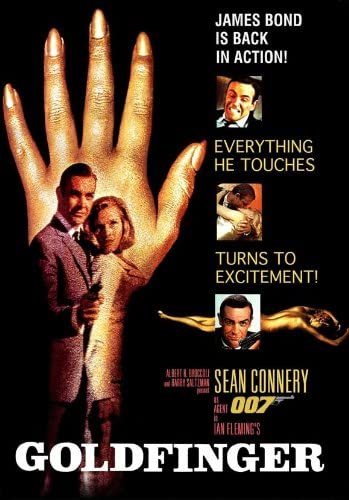
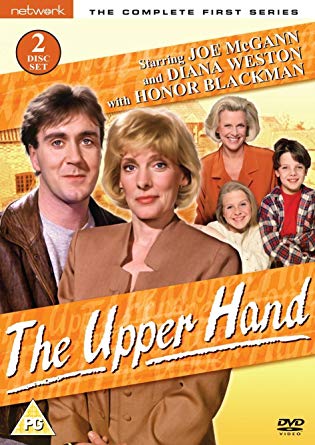
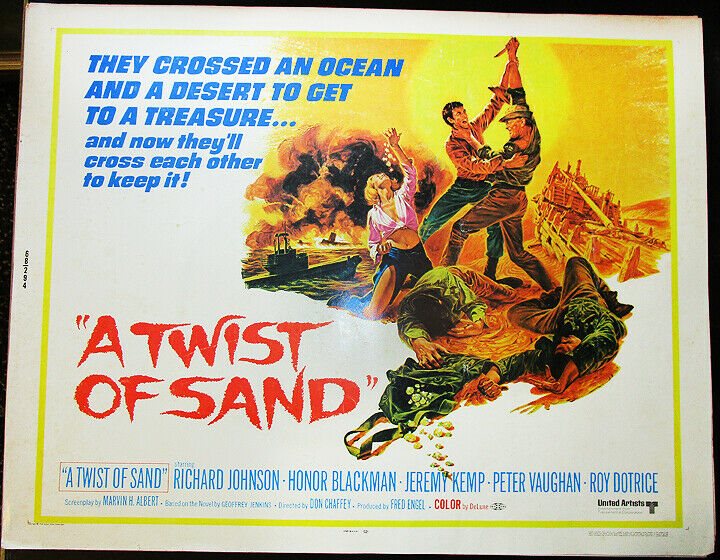
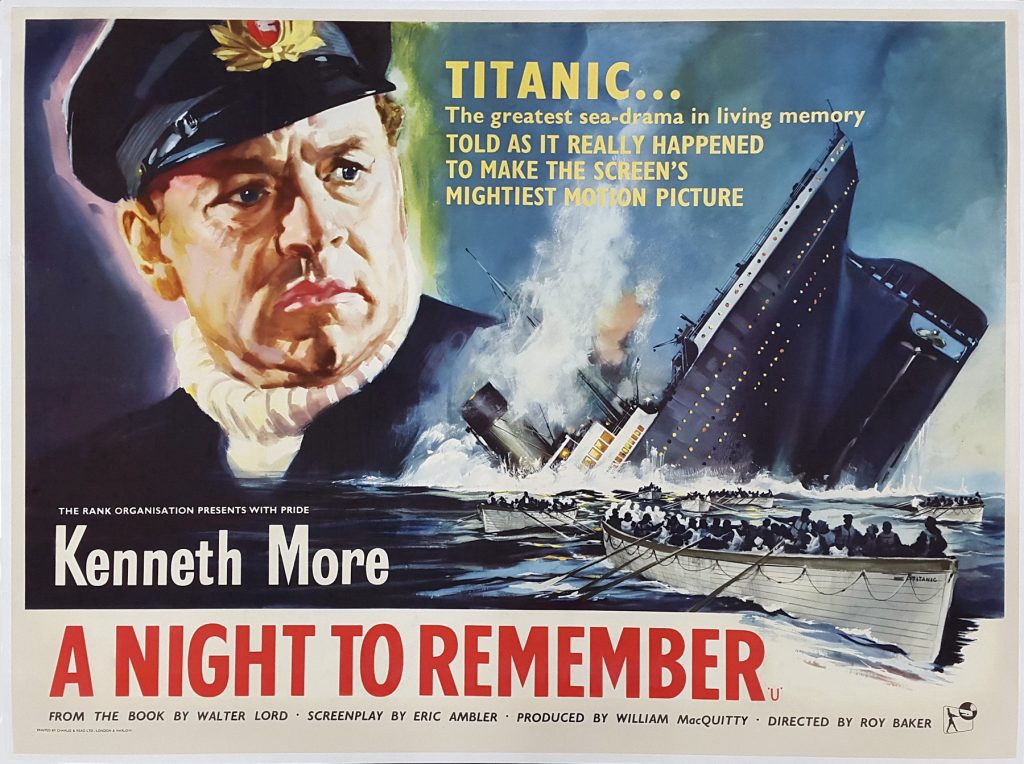
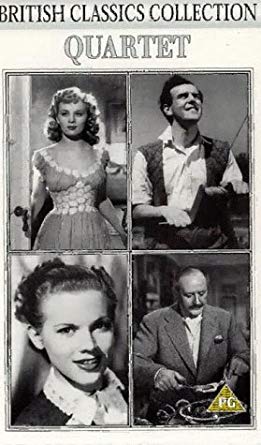
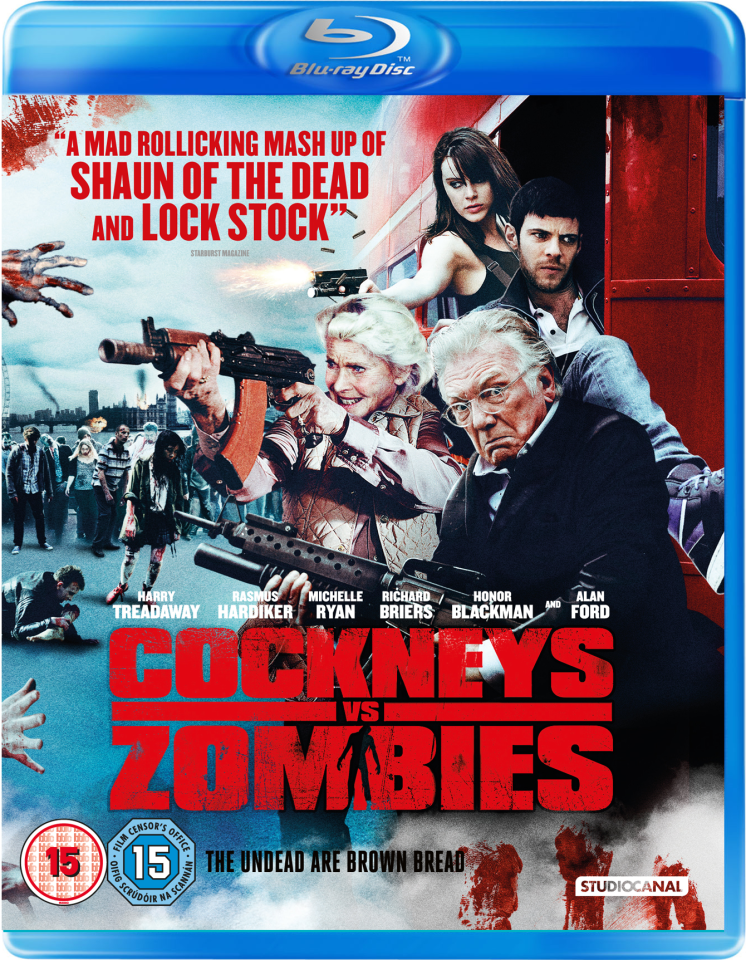
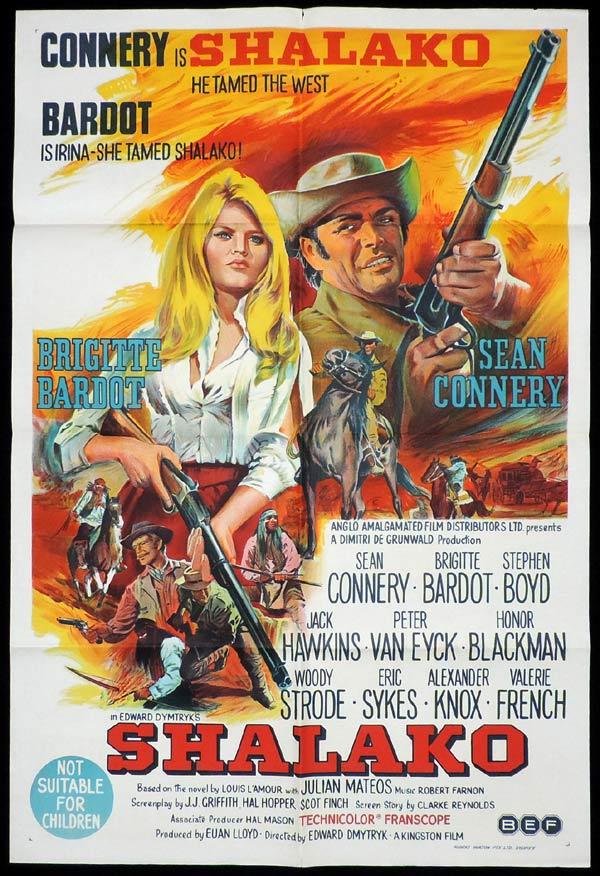
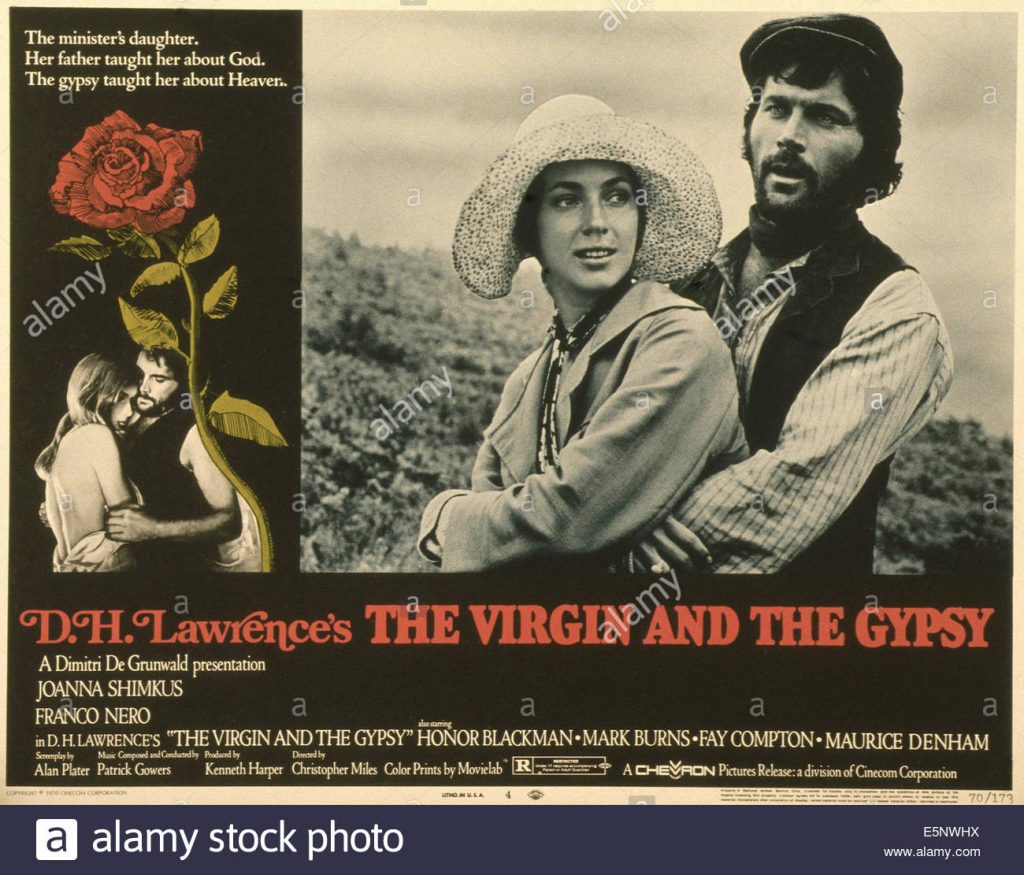
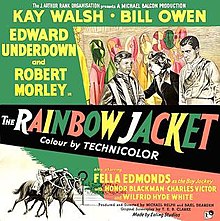
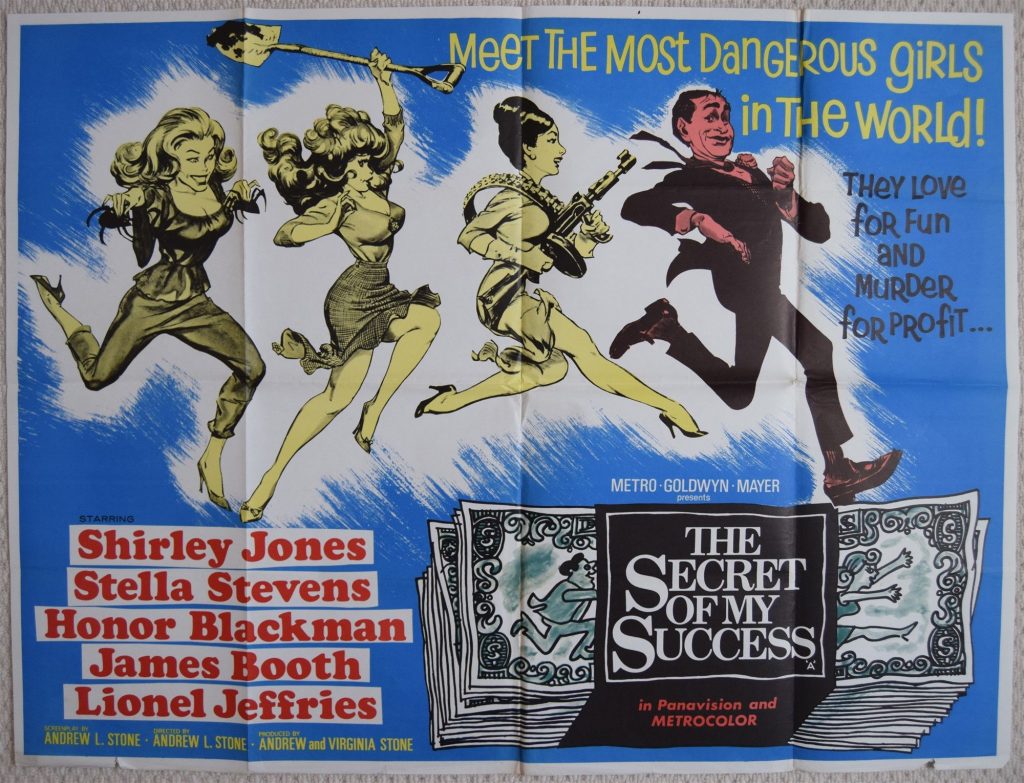
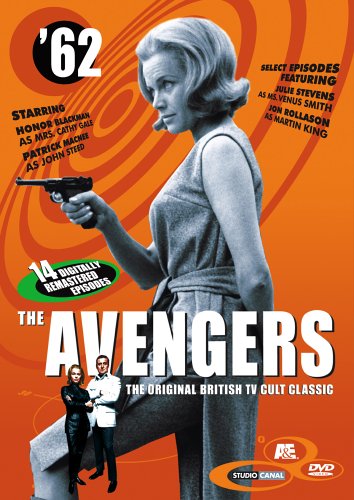
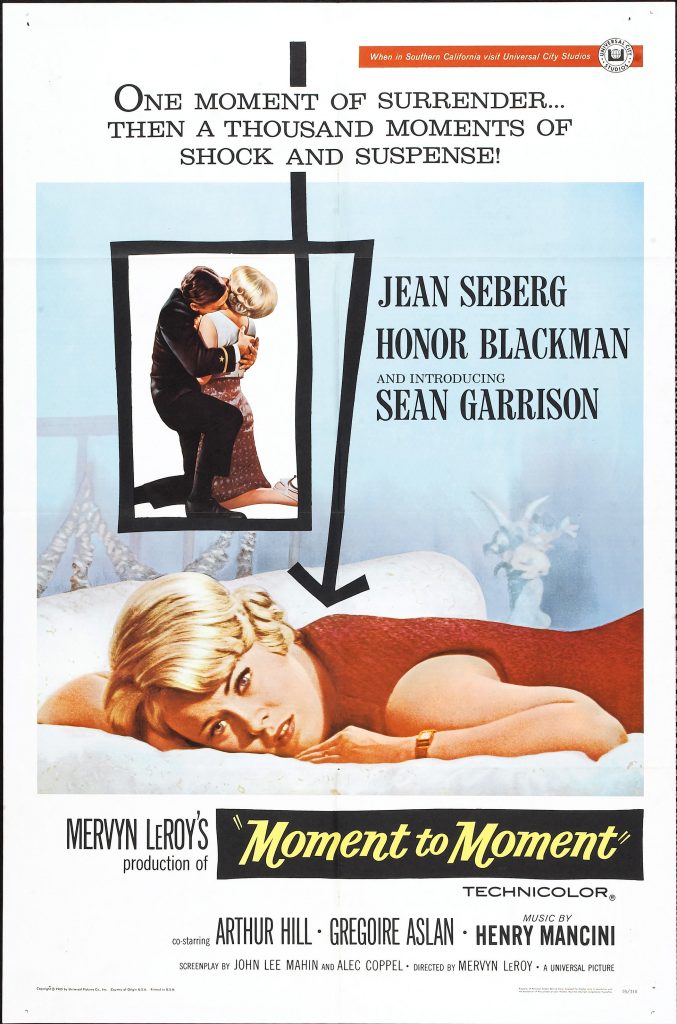
Blackman thus became, and remained, according to most polls, the top Bond girl, helped to a certain extent by the double entendre name. The producers thought about changing the character’s name but decided against it. However, the US censors refused to allow Pussy Galore to appear on promotional materials and she was consequently billed as Miss Galore. During promotion in the US, Blackman, who had already found fame in Britain as the agile, black leather-clad Cathy Gale in the television series The Avengers, took delight in embarrassing interviewers by repeatedly mentioning the character’s name.
Born in Plaistow, east London, Blackman always called herself a cockney. Her father, Frederick, a civil service statistician, who believed he was passed over for promotion because of his accent, was determined that his four children should have better opportunities.
For Honor’s 15th birthday, he offered her the choice between a bicycle and elocution lessons, and she chose the latter. “My teacher was wonderful,” Blackman recalled. “She introduced me to poetry and plays and convinced my father that I had some talent. So, after attending North Ealing primary school and Ealing County grammar school for girls, I went to the Guildhall School of Music and Drama, though only one evening a week.”
At the age of 22, Blackman started to get ingenue parts, palely loitering in mostly J Arthur Rank films. Among her better early roles was that of a middle-class girl hoping that her fiance (Dirk Bogarde) will get his idea of becoming a concert pianist out of his system in the The Alien Corn episode of the anthology film Quartet (1948); and Susie Bates, one of the three title roles in the rather dated A Boy, a Girl and a Bike (1949).
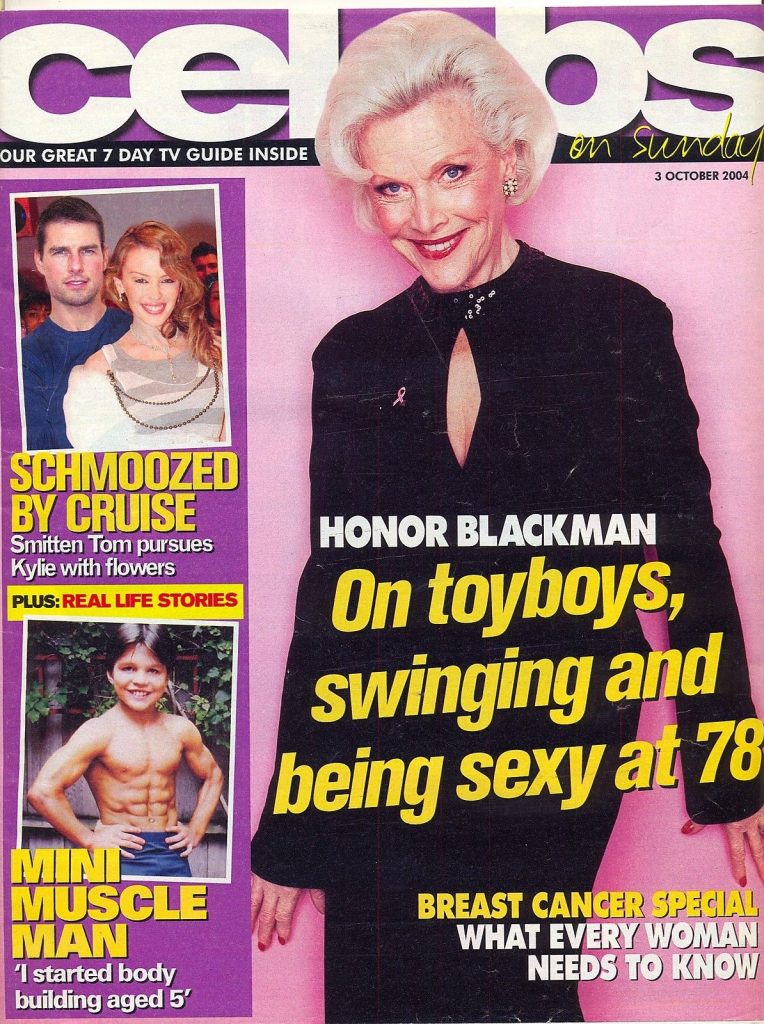
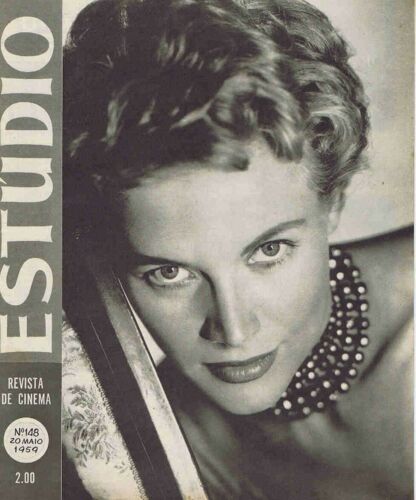
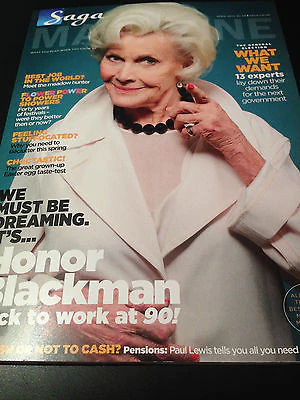
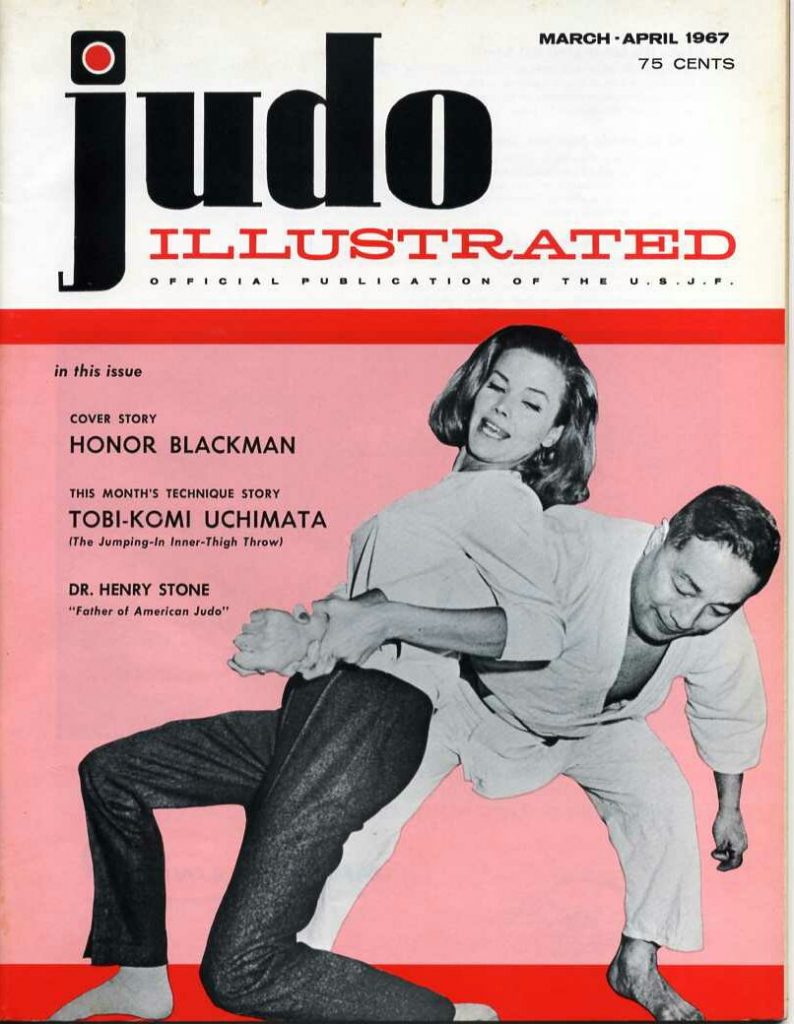
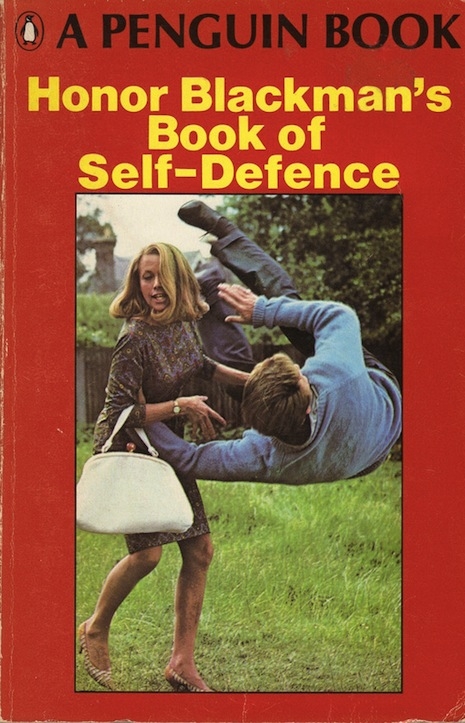
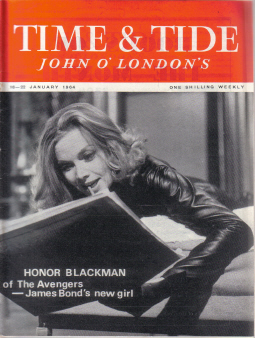
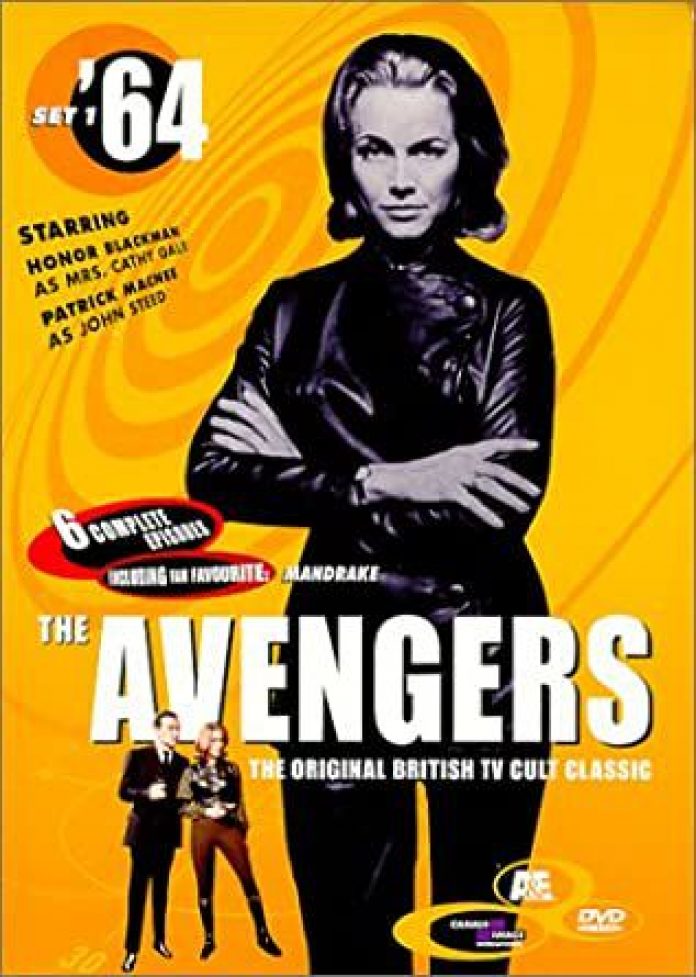
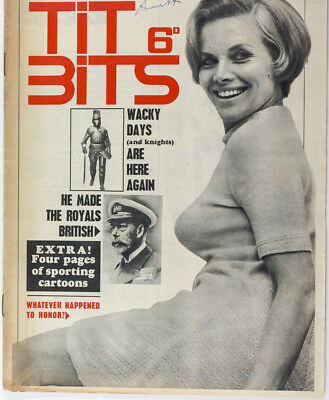
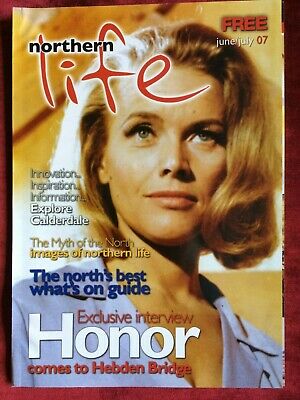
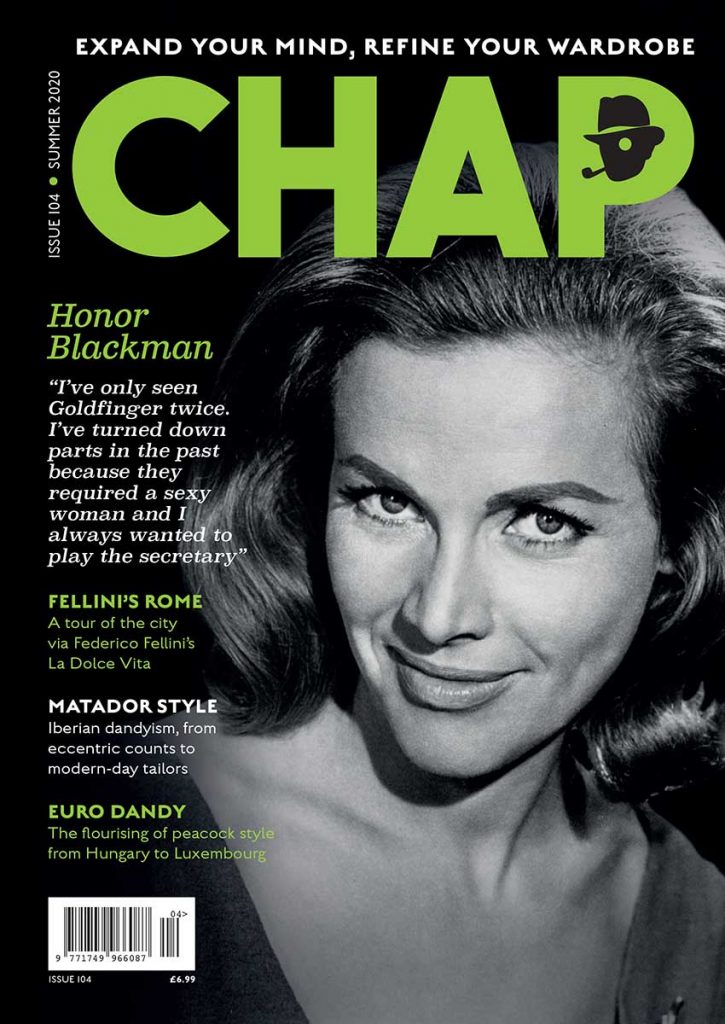
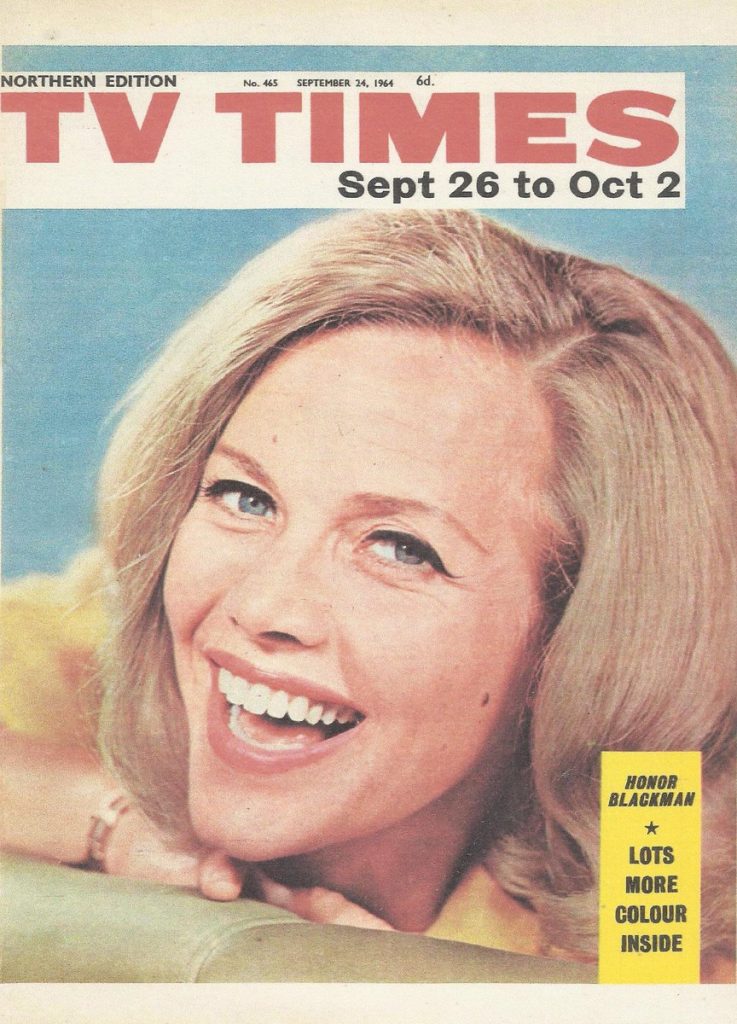
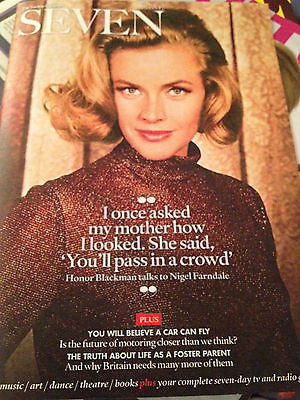
In A Night to Remember (1958), Blackman was one of the first-class passengers on the Titanic, determined not to leave the ship without her husband, and she was Norman Wisdom’s love interest as a secret agent in the second world war farce The Square Peg (1958). Her final pre-Goldfinger film was as the Greek goddess Hera in Jason and the Argonauts (1963), bickering with her husband Zeus on Mount Olympus.
In 1962, as Cathy Gale, who could get the better of any villain in a fight, Blackman joined Patrick Macnee in the second season of the TV series The Avengers, setting the pattern for intelligent, stylish and assertive women who followed her in the show and elsewhere on films and television. The song that she recorded with Macnee, Kinky Boots, did not make a great impression when released in 1964, but fared better as a piece of 1960s nostalgia when reissued in 1990.
Because of The Avengers, Blackman was cast as Pussy Galore. She later stated that when she was playing the role of Pussy, she knew her character had been written as a lesbian in the novel, unlike in the film where, despite claiming to be immune to his charms, she is eventually bedded by Bond.
Her early demure days at Rank long behind her, Blackman settled into a number of secondary “other woman” roles. In Life at the Top (1965), Blackman was seductive and sly as a TV commentator who lures Joe Lampton (Laurence Harvey) away from his wife, and as the unfulfilled wife of a pompous aristocrat (Jack Hawkins), she has a tumble in the hay with Bosky Fulton (Stephen Boyd) in the mediocre British western Shalako (1968), though the leads were Connery and Brigitte Bardot.
After a topless scene in the unremarkable Canadian-set drama The Age of Innocence (1977) and appearing in the creaky gothic horror film The Cat and the Canary (1978), Blackman was not seen on the big screen for another two decades.
Meanwhile, she was appearing regularly on television – principally as a glamorous, young-at-heart, man-eating mother in all 96 episodes of the sitcom The Upper Hand (1990-96) – and consistently on stage.
Blackman’s West End appearances included Wait Until Dark (1966) and The Deep Blue Sea (1977) and transfers of Broadway musicals, as the baroness in The Sound of Music (1981), Peggy in On Your Toes (1984), Mrs Higgins in My Fair Lady (2006) and Fräulein Schneider in Cabaret (2007). She spent most of 1987 as Mother Superior in the musical Nunsense at the Fortune theatre.
Her return to feature films in the late 90s included a portrayal of Joy Adamson in To Walk With Lions (1999) and roles in Bridget Jones’s Diary (2001) and Cockneys vs Zombies (2012), a horror-comedy in which Blackman, returning to her roots, is a gun-toting senior citizen. In her late 80s, she toured with her one-woman show Honor Blackman as Herself, in which she sang songs , recited and told personal anecdotes.
Blackman, a keen Liberal Democrat, was never afraid to express her political views. In 2002, she refused a CBE because she was a supporter of Republic, the campaign to replace the monarchy.
“They ring you beforehand to ask if you’d like to accept, and I think they were quite shocked when I declined,” she commented. “But since I’m a republican I thought it would be somewhat hypocritical to pop up to the palace.” She always had sharp things to say about Margaret Thatcher’s period as prime minister and even took Connery to task for his status as a tax exile.
Blackman was twice married and divorced. She is survived by two children, Lottie and Barnaby, from her second marriage, to the actor Maurice Kaufmann.
Gary Brumburgh’s entry:
Comparing this sultry-eyed blonde to Greta Garbo and Marlene Dietrich may seem a bit overzealous, but Honor Blackman’s stylish allure over the years cannot be denied.
One of four children, Blackman was born in London’s East End to a statistician father, employed with the civil service, and homemaker mother. She received diction lessons as a teenager and later attended the Guildhall School of Music and Drama. She temporarily followed in her father’s footsteps with a job in the civil service, then worked as, of all things, a dispatch rider during World War II. This is where she developed some of her trademark athleticism.
Blackman received her first acting work on stage in London’s West End as an understudy for “The Guinea Pig”. She continued with roles in “The Gleam” (1946) and “The Blind Goddess” (1947), before moving into film. She debuted with Fame Is the Spur (1947), starring Michael Redgrave. In this picture, Blackman dies from a horse-riding accident. This film established the strange pattern where many of her movie characters meet untimely deaths.
Signed up with the Rank Organization, Blackman joined several other starlet hopefuls who were being groomed for greater fame. She was initially cast as demure, pleasant young things or “English Rose” types and received dependable but unmemorable co-star billing in films, such as Daughter of Darkness (1948) (1948),Quartet (1948), A Boy, a Girl and a Bike (1949) (1949), So Long at the Fair (1950) (1950) and Green Grow the Rushes (1951) (1951), the last starring a young Richard Burton. Hollywood also took brief notice when she was cast as the second lead femme in MGM’sConspirator (1949) (1949), starring Elizabeth Taylor and Robert Taylor.
The stress and struggles of advancing her career coupled with a divorce from her first husband, Bill Sankey, and Blackman suffered a nervous collapse in the mid-1950s. After a brief time recovering in a hospital, she regained her health and began rebuilding her career with rather obligatory “B” level fare, at first. This re-entry culminated with a co-starring role in one of the more famous re-tellings of the tragic “Titanic” tale, A Night to Remember (1958) (1958), co-starring Kenneth More and David McCallum. Developing a solid footing again, she filmed The Square Peg (1958) (1959), with comedian Norman Wisdom, and A Matter of WHO (1961) (1961), with Terry-Thomas.
TV series work then also came her way, notably with the highly popular The Avengers(1961), co-starring Patrick Macnee as John Steed. As the leather-clad “Mrs. Cathy Gale”, Blackman showcased her incredible beauty, self-confidence, and athletic derring-do. Her admirable qualities made her not only a catch for the men, but an inspirational figure for the 1960s feminist movement. Blackman left the show at its peak, however, and was replaced by the equally-assertive and popular Diana Rigg as “Mrs. Emma Peel”.
Not out of work long, Blackman took on the role of the Greek goddess, “Hera”, in the popular movie adventure, Jason and the Argonauts (1963) (1963), with marvelous Ray Harryhausen, and the melodrama, Life at the Top (1965) (1965), with Laurence Harvey. She then filmed the most popular role of her career: “Pussy Galore”. In the classic “James Bond” movie, Goldfinger (1964) (1964), Blackman went toe-to-toe with Sean Connery‘s womanizing “007” and created major sparks on screen, managing to outclass the (wink-wink) double-meaning of her character’s name.
This resurgence of popularity should have lead to better film opportunities but did not. Blackman toiled for the most part in low-level melodramas and routine adventures. She earned raves on stage, however, as the blind heroine of the thriller, “Wait Until Dark”, as well as for her dual roles in “Mr. and Mrs.”, a production based on two of Noel Coward‘s plays. She also enjoyed working occasionally with her second husband, actor Maurice Kaufmann, in the play, “Move Over, Mrs. Markham”, and the film thriller, Fright (1971), with Susan George. On stage, she became a throaty-voiced sensation in various musicals, such as “A Little Night Music”, “The Sound of Music”, “On Your Toes” and “Nunsense”.
Divorced from Kaufmann in 1975 (he died in 1997), Blackman never remarried. The couple adopted two children in the late 1960s, Lottie and Barnaby. Now a octogenarian, the ever-lovely and still glamorous star performs frequently, more recently working in the long-running, English hit comedy series, The Upper Hand (1990), and in her one-woman stage show, “Wayward Ladies”.
– IMDb Mini Biography By: Gary Brumburgh / gr-home@pacbell.net
TCM overview:
Lovely, seductive, and absolutely able to take care of herself in a jam, Honor Blackman helped to establish the tough girl persona that would be adopted and honed in later decades by successors like Milla Jovovich and Kate Beckinsale. The London native moved from stage to screen for roles in features like “Quartet” (1948) and “A Night to Remember” (1958), but would first find genuine fame on television with the droll adventure series “The Avengers” (ITV, 1961-69). As leather-clad tough girl Cathy Gale, Blackman wowed viewers with her femininity and physicality, and that appealing combination led her to be cast in the classic James Bond film “Goldfinger” (1964) as the memorably monikered Pussy Galore. Although many of the female leads in 007 adventures fell victim to the so-called “Bond Girl Curse,” Blackman’s career moved along in the wake of “Goldfinger,” though the majority of her subsequent films proved to be minor and/or forgettable. She instead found satisfaction working on the stage in productions like “Wait Until Dark” and made periodic appearances on both American and British television. Although Blackman never became a top-tier star, she essayed two iconic characters and proved to be a dependable and desirable performer, expanding her already impressive résumé with assignments right up through her mid-eighties.
Honor Blackman was born on Dec. 12, 1927 in London, England. Blackman’s childhood was marred by a difficult relationship with her father, a World War I veteran-turned-civil servant. A strict authoritarian, he was especially hard on both his homemaker wife and daughter, who found him unreasonably demanding. Verbally abusive to Honor, he also occasionally beat her with a belt and rarely offered any sort of praise or affection. On the plus side, however, he did offer to pay for either a bicycle or elocution lessons. Already interested in performing, thanks to her participation in her school’s drama class, Blackman chose the latter and shed her Cockney accent in the process. Her father also insisted that she study self-defense and the dexterity Blackman developed from her judo classes proved invaluable in later life.
After her father hit her in the face for wearing lipstick, Blackman moved out at age 18, staying at first with a friend’s family and then on her own. Fortunately, Blackman’s studies at the Guildhall School of Music and Drama paid off and acting roles soon started to come. During that period, she also married her first husband, businessman Bill Sankey. Blackman made her film debut in the British drama “Fame is the Spur” (1947) and quality work opposite Dirk Bogarde in the acclaimed anthology picture “Quartet” (1948) announced her talents to the motion picture world. She also earned a supporting part in the Robert Taylor and Elizabeth Taylor vehicle “Conspirator” (1949), an MGM production shot in England. Just as her career was gaining momentum, Blackman discovered she was pregnant and opted to have an abortion, an illegal procedure in England at the time.
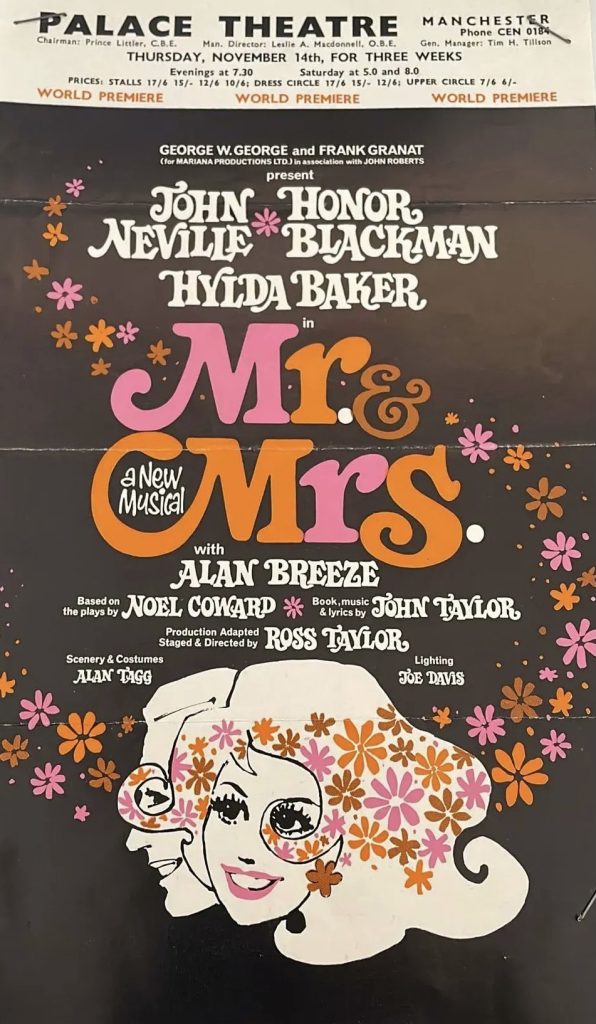
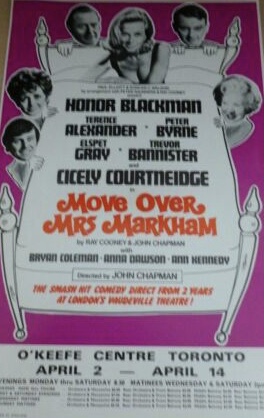
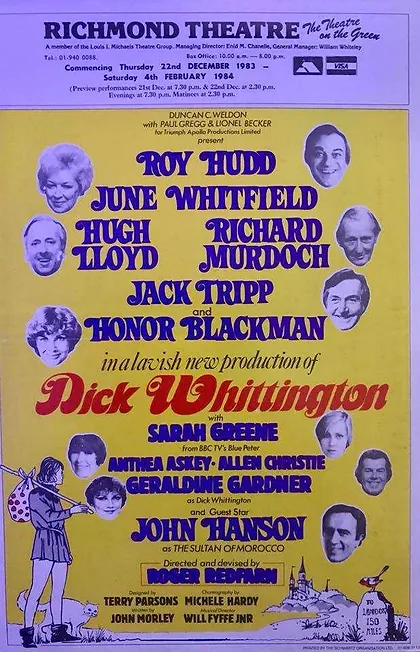
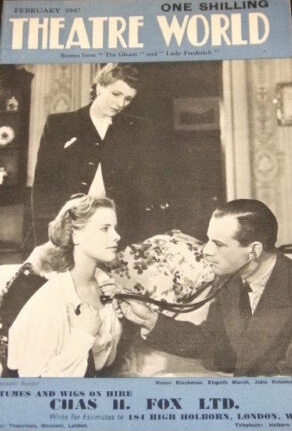
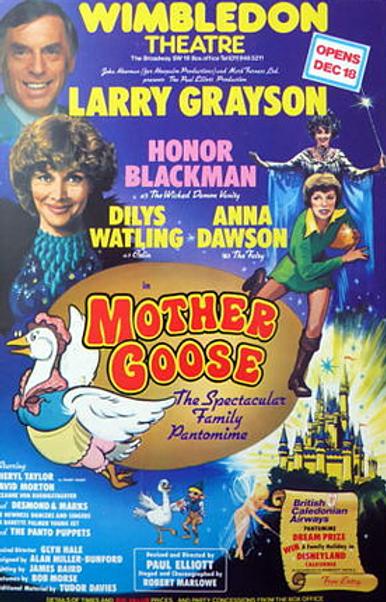
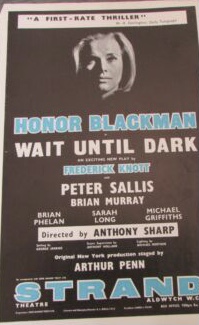
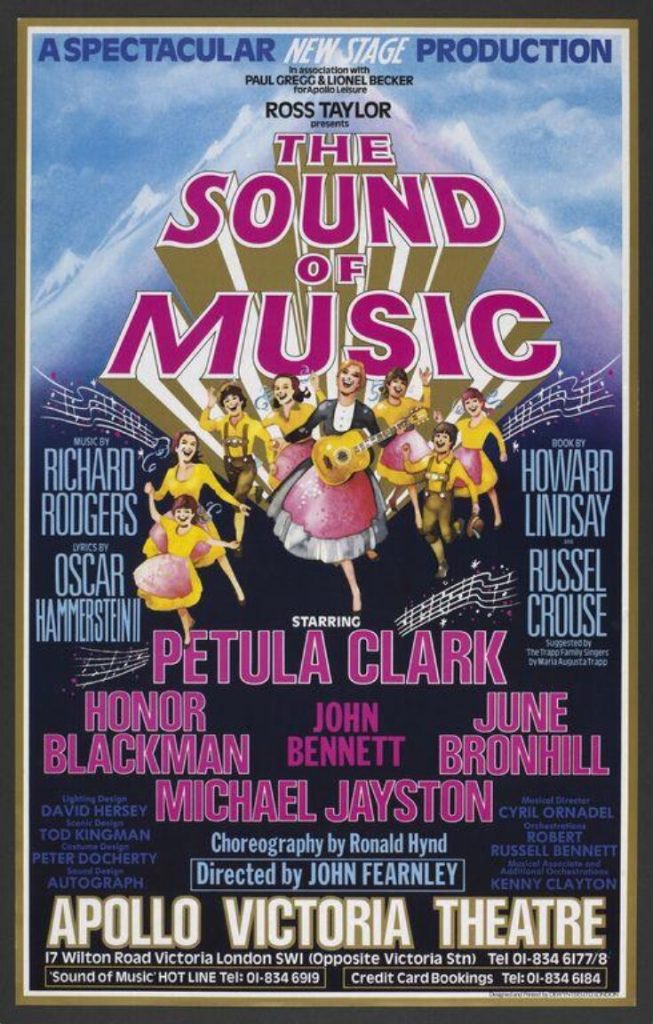
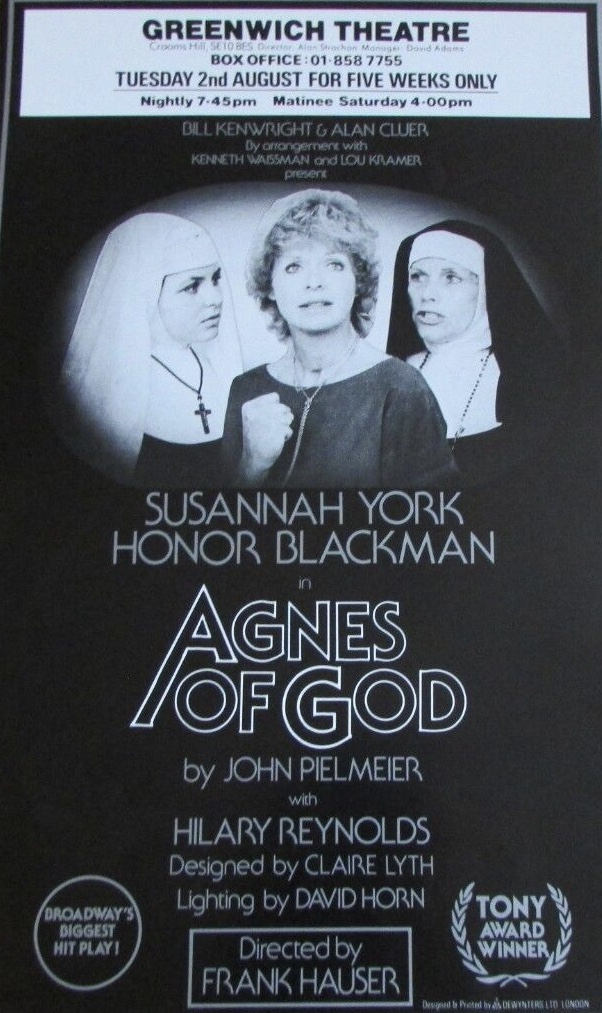
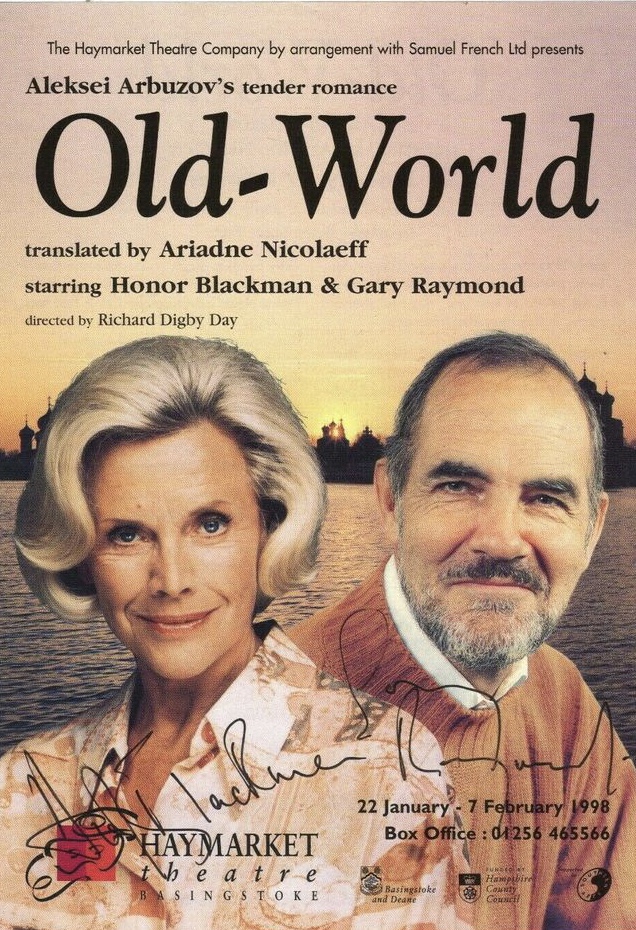
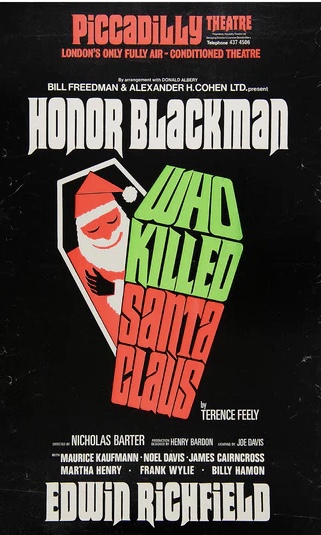
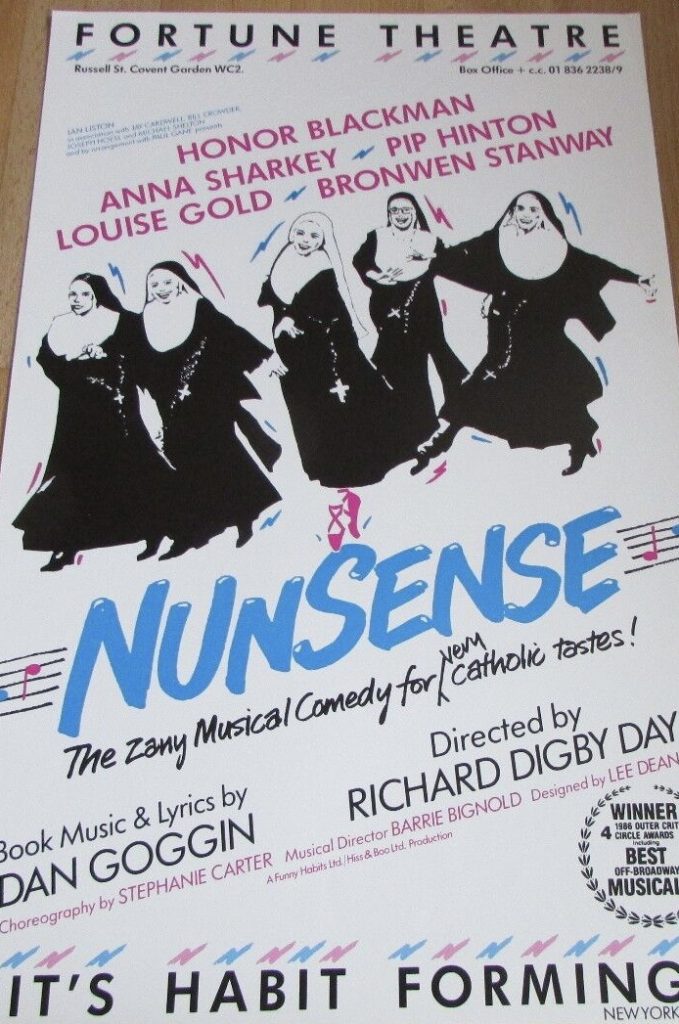
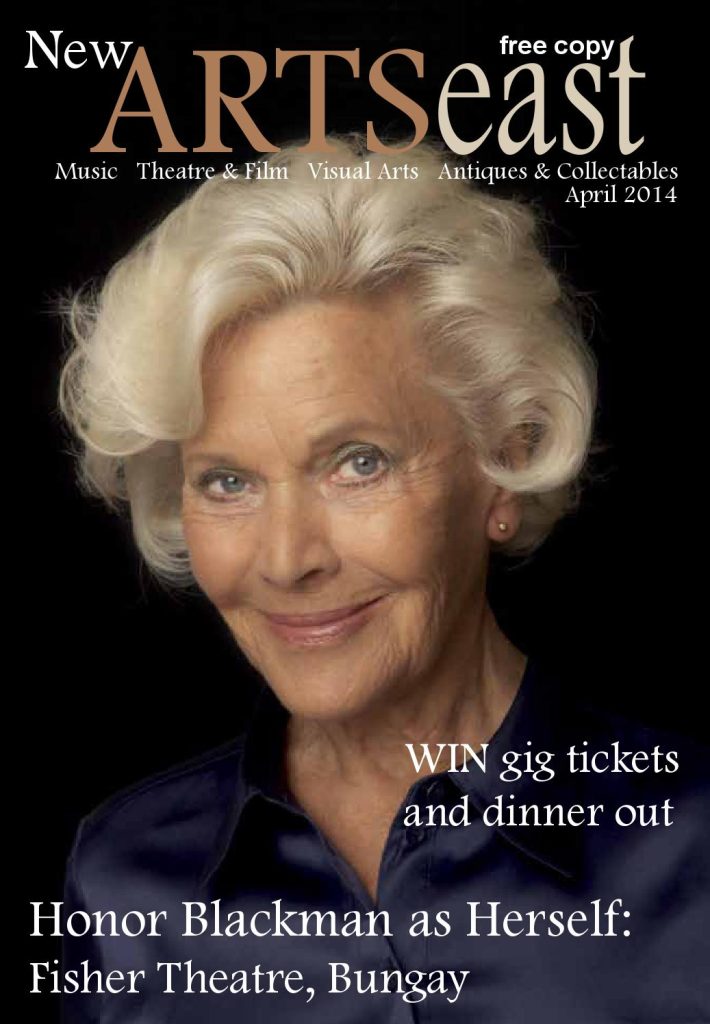
She went on to appear in such notable movies as “So Long at the Fair” (1950) and “The Rainbow Jacket” (1954), but her marriage to Sankey came to an end in 1954, the result of extensive jealousy on his part and an unhappy reminder of the behavior that had soured Blackman’s relationship with her father. The strain contributed to a nervous breakdown and she spent a month in a psychiatric facility.
She was soon able to resume her career and landed the female lead in “A Night to Remember” (1958), the Rank Organization’s celebrated drama about the sinking of the RMSTitanic. She also gained some small screen experience on programs like “Probation Officer” (ITV, 1959-1962) and “The Four Just Men” (ITV, 1959-1960). In 1961, Blackman wed her second husband, actor Maurice Kaufmann, who had a lengthy career in British films, television and stage productions, and the couple went to adopt two children.
On the heels of that big life event, Blackman was cast as one of her most beloved characters. In 1962, she joined “The Avengers” (ITV, 1961-69) as Cathy Gale, the very able partner of suave John Steed (Patrick MacNee). Looking most fetching in a catsuit and able to best virtually any opponent in a fight, thanks to Gale’s mastery of judo, the impressively lithe Blackman was an instant success and soon found herself a popular pin-up girl. During her second season on the show, she and MacNee even recorded a comic single called “Kinky Boots.” The Cathy Gale catsuit look later became a standard fashion accessory for successors like Milla Jovovich and Kate Beckinsale in their respective genre film outings. A newly famous Blackman returned to the silver screen as the Goddess Hera in the fantasy adventure “Jason and the Argonauts” (1963), but her career possibilities in that arena would soon accelerate considerably.
At that point, “The Avengers” had yet to play on American television, but James Bond producer Albert “Cubby” Broccoli knew from her charismatic work on the program that Blackman would be a perfect addition to the 007 universe. Thus, she was given the opportunity of being cast in “Goldfinger” (1964), one of the series’ finest entries; unfortunately, she was also saddled with the single most – for obvious reasons – infamous “Bond Girl” name in the 007 universe: Pussy Galore. Embarrassing moniker aside, the ever lethal Blackman made for one of the series’ most memorable leading ladies and proved to be a novel challenge for Sean Connery’s suave agent. Her brand of femme fatale was still fairly novel at the time, but would eventually become a staple of action movies in the decades to come. While the sexism of “Goldfinger” was very much of its time – including the belief that even the seemingly lesbian Galore was not immune to Bond’s seductive powers – Blackman still became a favorite of feminists. Atypically mature at age 37 when was cast, Blackman also proved to be one of the few Bond Girls to benefit from the series’ wide exposure.
Her career was not without its rough passages, however. Blackman departed from “The Avengers” after two years in favor of more film work, though limp formula fare like “The Secret of My Success” (1965) did little to achieve that goal. She capitalized on her new image with Honor Blackman’s Book of Self Defense (1965) and starred in a West End production of “Wait Until Dark,” but a second go-around with Connery in the European Western “Shalako” (1968) proved disappointing. Following equally limp efforts like “Lola” (1970) and the horror thriller “Fright” (1971), it seemed like Blackman’s motion picture career would not amount to much in the long run.
After finishing her role in the awful Dean Martin western “Something Big” (1971), Blackman stepped away from movies for a few years and concentrated on television, guesting on programs like “Columbo” (NBC, 1971-2003). Her marriage with Kaufmann ended in 1975, but they remained friends. She returned to the film world in “To the Devil a Daughter” (1976), one of Hammer’s final horror efforts and a lesser one at that. On the other end of the scale was Radley Metzger’s sly and well produced “The Cat and the Canary” (1978), an affectionate homage to more old-fashioned, less explicit scare fare. Globe-hopping television engagements in the miniseries “Lace” (ABC, 1984) and the original run of “Doctor Who” (BBC, 1963-1989) alternated with stage work in productions like “Nunsense.” She also re-entered the world of episodic television in the cast of “The Upper Hand” (ITV, 1990-96), a U.K. comedy inspired by the popular Tony Danza sitcom “Who’s the Boss?” (ABC, 1984-1992).
By now in her seventies, Blackman’s schedule slowed down somewhat, but certainly did not come to a standstill. After a 20-year absence from cinema, Blackman co-starred in the horror thriller “Tale of the Mummy” (1998) and essayed a supporting role in the Renée Zellweger hit “Bridget Jones’s Diary” (2001) as Penny Husbands-Bosworth. On the personal front, Blackman expressed her belief that the time for a monarchy in England had passed. When offered the honor of a C.B.E. (Commander of the Most Excellent Order of the British Empire) in 2001, she stuck by her convictions and turned the designation down.
With finances somewhat tight after the collapse of a pension fund that she had invested in heavily, Blackman continued to work, but was usually able to choose projects of some distinction, including a turn on the legendary soap opera “Coronation Street” (ITV, 1960- ). She also entered into what turned out to be a lengthy run as a spokeswoman for the Marks & Spencer department store chain. In 2005, Blackman’s still stunning looks were complimented by Good Housekeeping, which named her “the sexiest woman in her 70s.” That same year, she also acted in a touring company of “My Fair Lady” and followed up with “Cabaret,” her first work in a West End production for two decades. Alternating between homes in England and Spain, Blackman remained active into her mid-eighties, appearing in the thriller “I, Anna” (2012) and the comic horror tale “Cockneys vs. Zombies” (2012).
By John Charles
The above TCM overview can also be accessed online here.
For Honor Blackman’s website, please click here.
Martin Potter
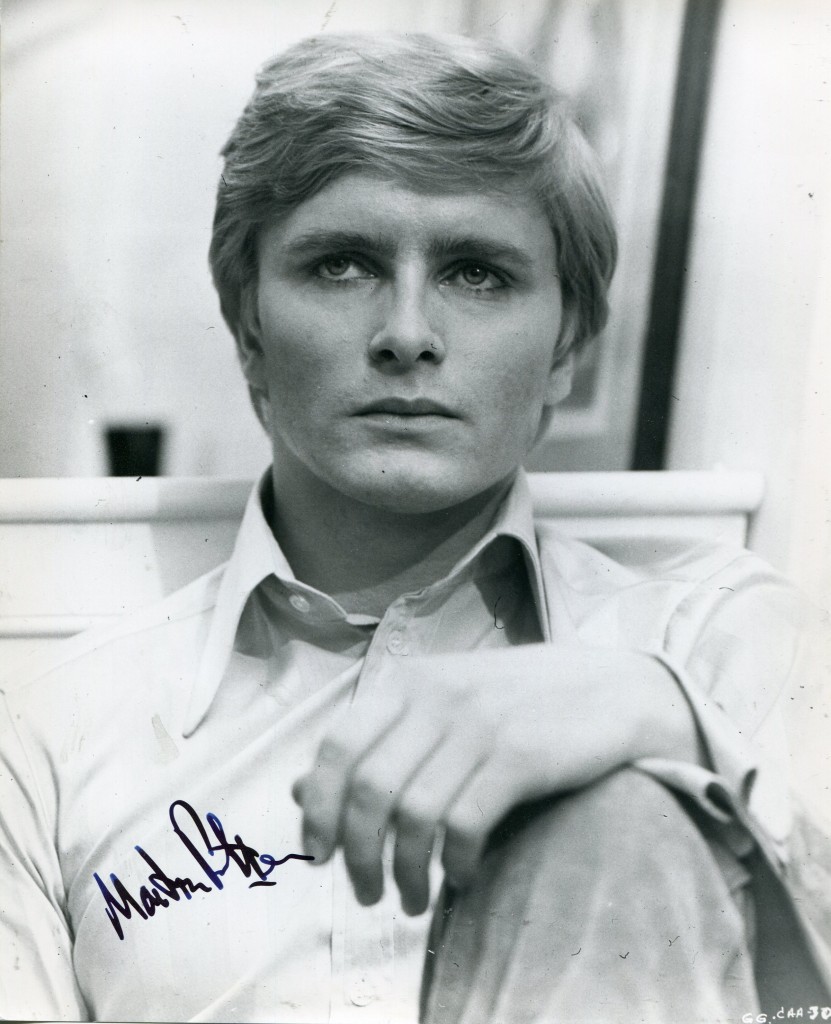
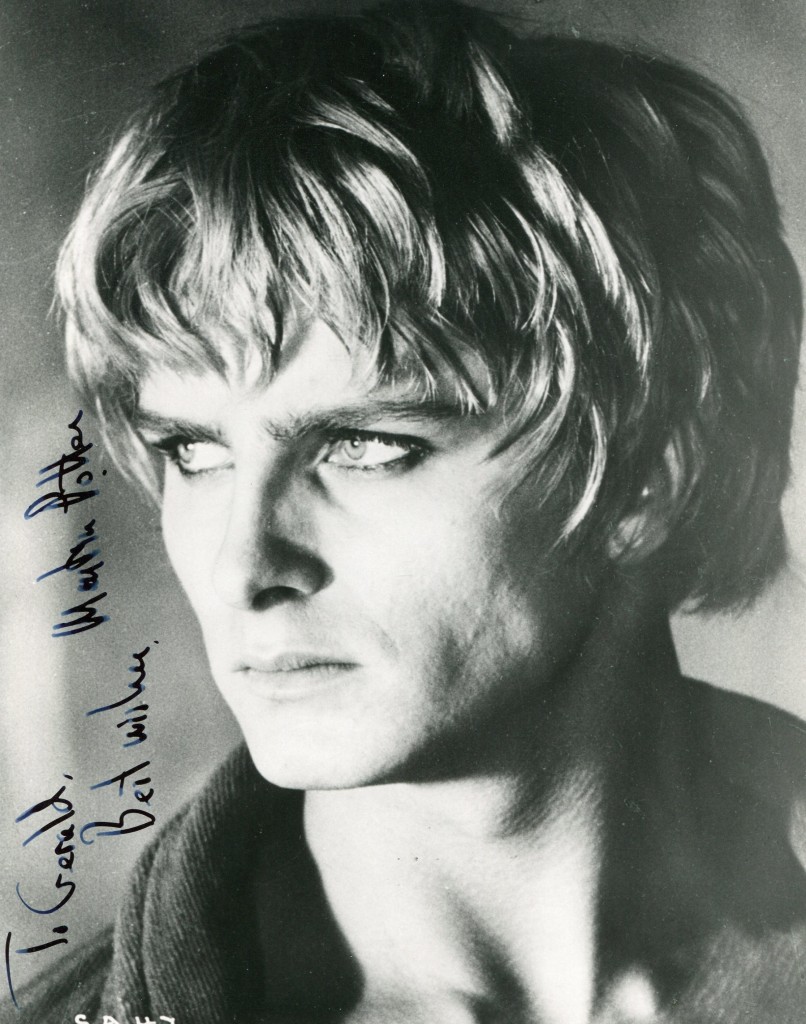
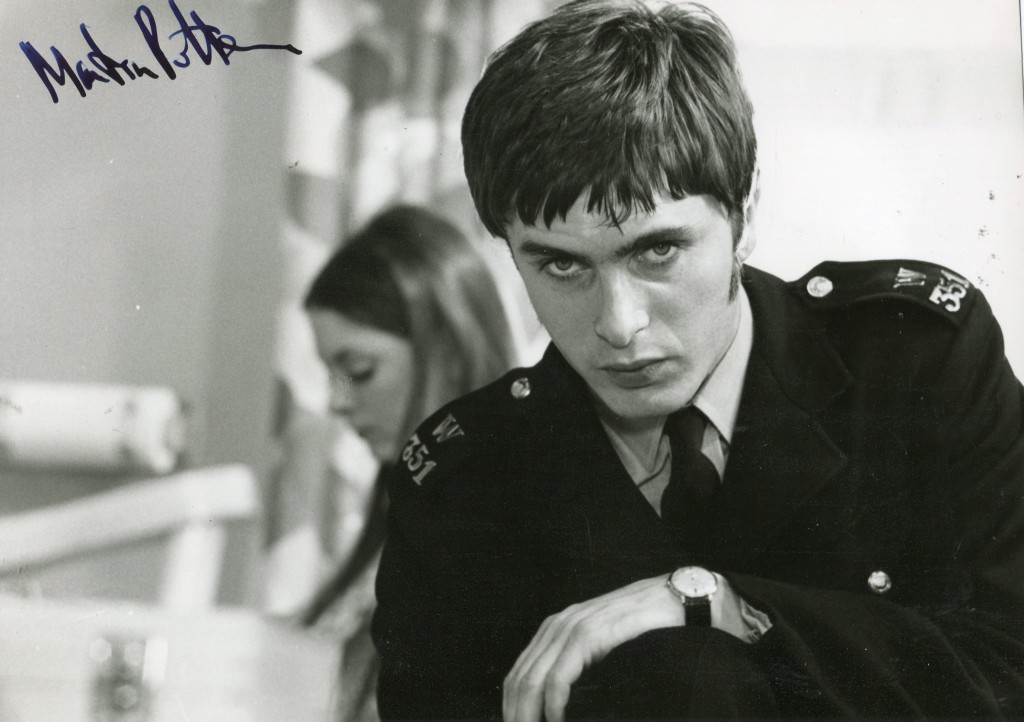
Martin Potter was born in 1944 in Nottingham. He began his career with small parts in British cinema and television in such roles as “The Bonegrinder” in 1968 and “Goodbye Gemini” in 1970. The great director Fellini chose him as the star of “Satyricon”. His other movies include “Nicholas and Alexandra” and “The Big Sleep” in 1978. Married to actress Susie Blake.
“Wikipedia” entry:
After the National Youth Theatre and repertory theatre in Guildford and Hampstead, Potter received his first role in British television at the age of 24 in the television drama The Bonegrinder (1968) written by Dennis Potter. In the same year he had another small part alongside Brian Cox in the futuristic drama The Year of the Sex Olympics.
One year later Potter’s career took off with a much larger role. The Italian director Federico Fellini chose him for the main role of Encolpius in his film Satyricon. Terence Stamp, Fellini’s original choice for the main role, was not available, and Fellini was looking for someone of a similar appearance.
After this star role, Potter’s career tended back to smaller roles again: mostly B-films and television productions like the film adaptation of W. Somerset Maugham‘s Olive. Among his more well-known parts are the history filmNicholas and Alexandra (1971) and the film The Big Sleep (with Robert Mitchum as private detective Philip Marlowe). He also appeared in horror films, including Craze with Jack Palance, and television series such as Doctor Who. In 1975 he achieved some popularity with the title part of Robin Hood in a TV mini-series The Legend of Robin Hood. In 1985 he again took a part in a production concerning Ancient Rome: the American mini-series A.D. in which he portrayed the Roman politician and opponent of Nero, Gaius Calpurnius Pis
The above “Wikipedia” entry can also be accessed online here.
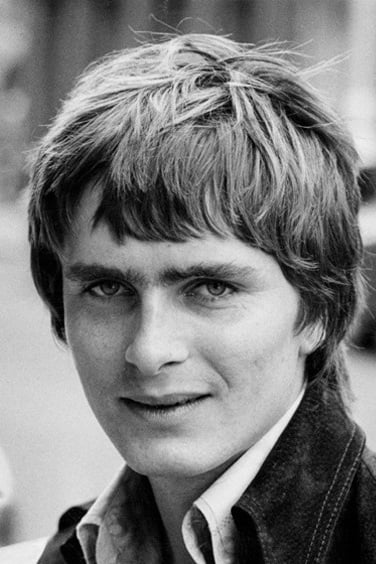
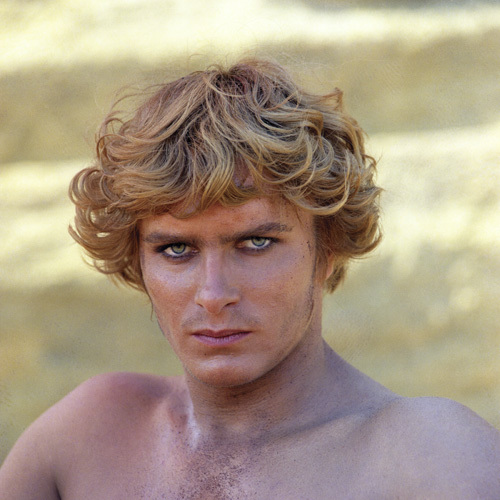
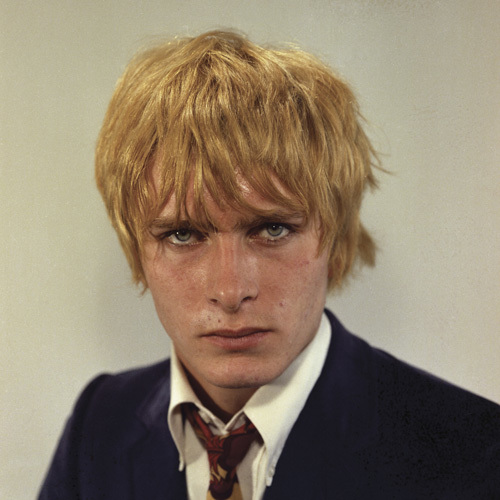
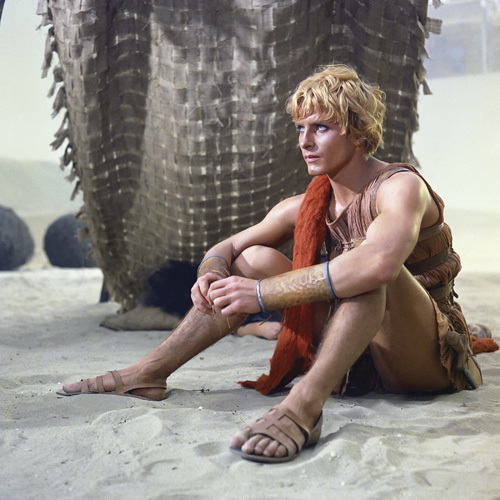
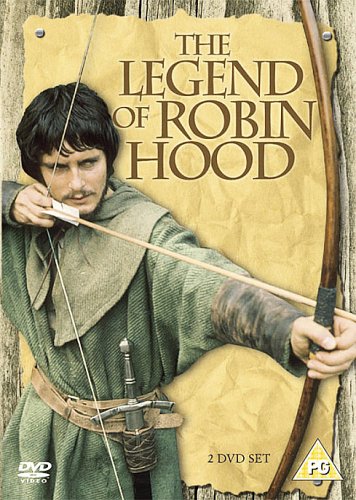
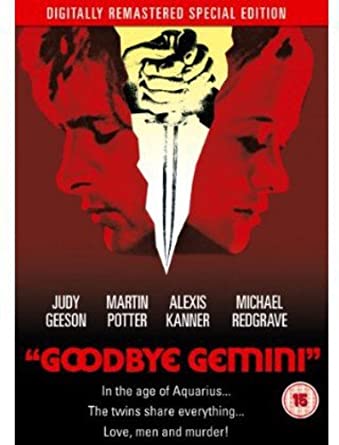
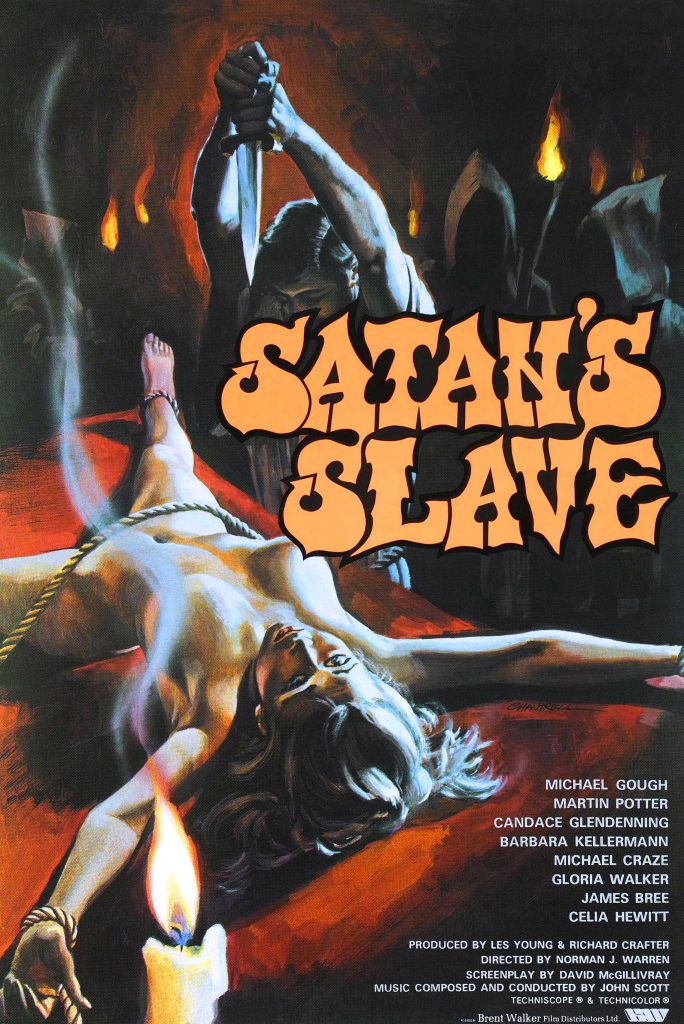
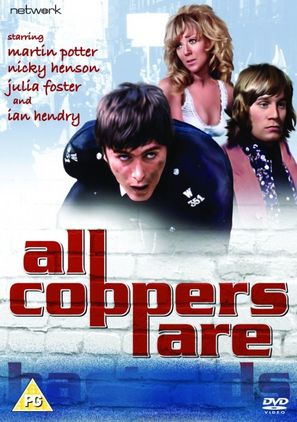
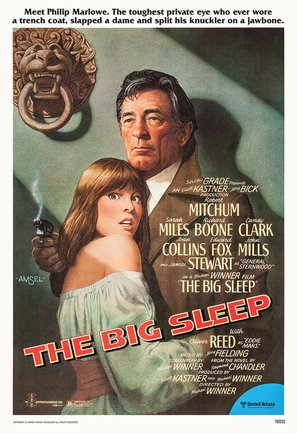
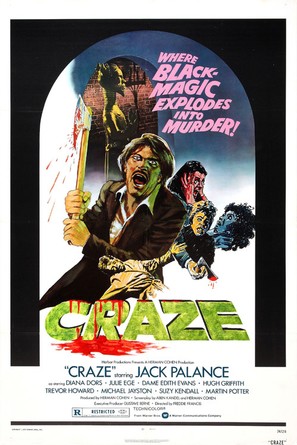
Eddy Grant

The great Eddy Grant is best remembered for his music especially the early 1980’s hit “I Dont Wanna Dance”. He has contributed his music to many movies and appeared as an actor twice including “Mustard Bath” in 1993. He was born in 1948 in British Guiana. Grant had his first number one hit in 1968, when he was the lead guitarist and main songwriter of the group The Equals, with his self-penned song “Baby Come Back“.[3] The tune also topped the UK Singles Chart in 1994, when covered by Pato Banton featuring Robin and Ali Campbell of the reggae group UB40.[4] Notably, he openly used his songwriting for political purposes, especially against the then-current apartheid regime of South Africa. The Clash recorded a version of “Police On My Back” for their Sandinista! set. (“Wikipedia)
Sarah Miles
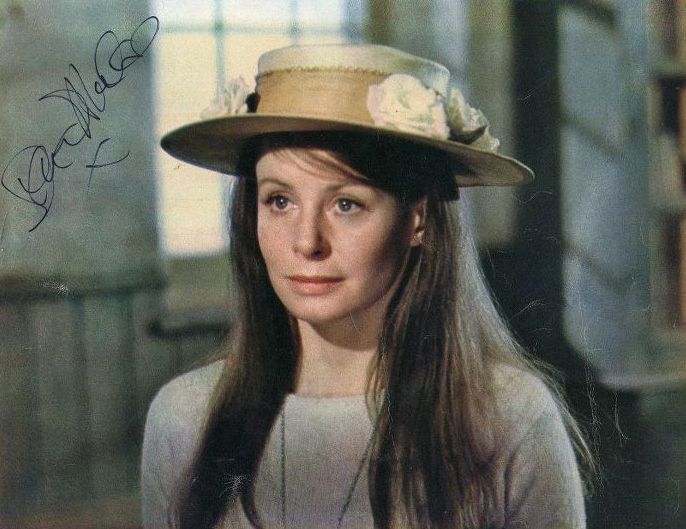
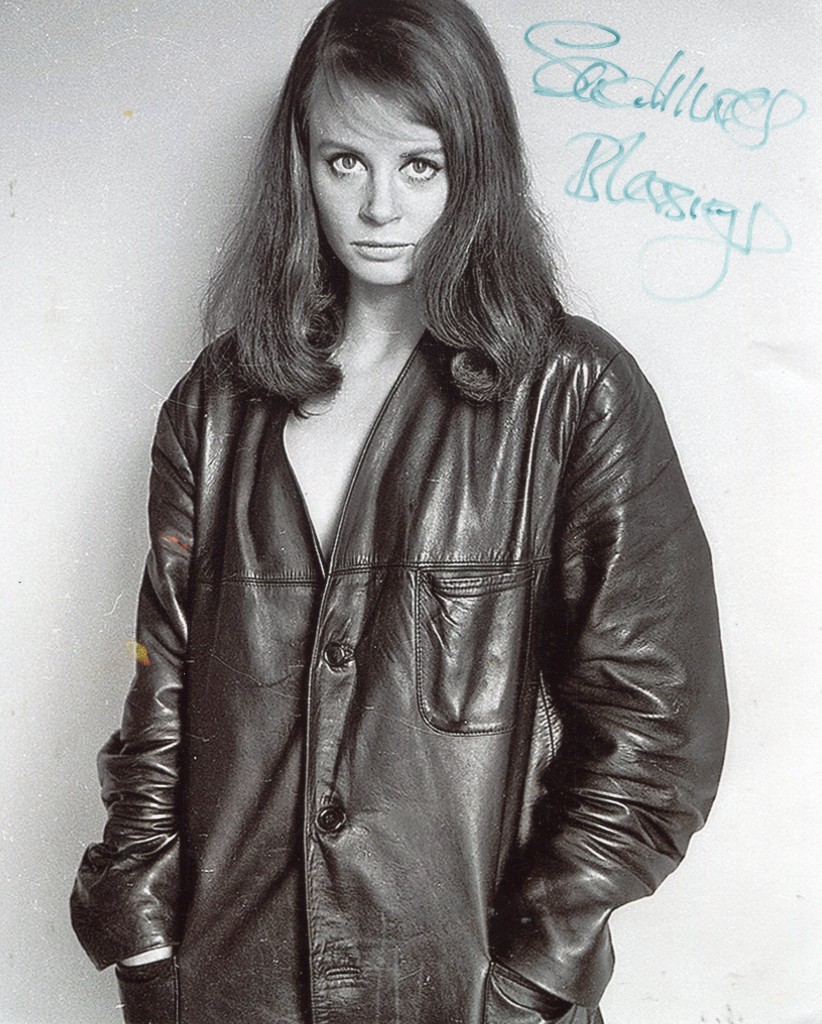
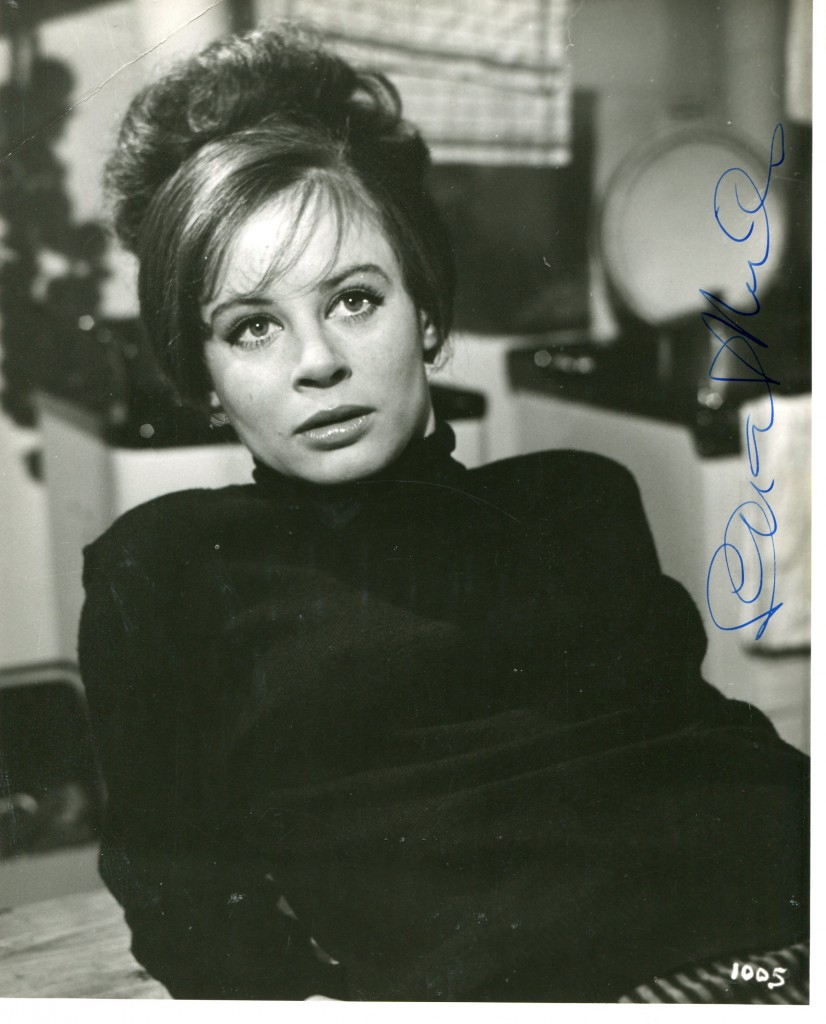
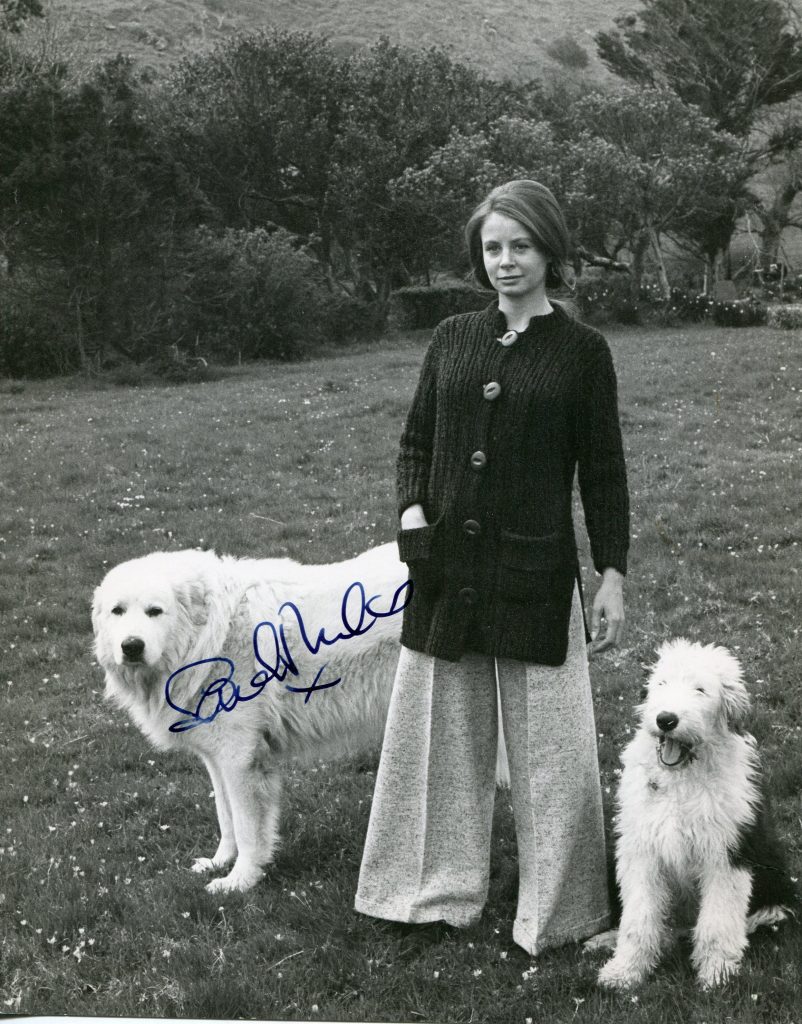
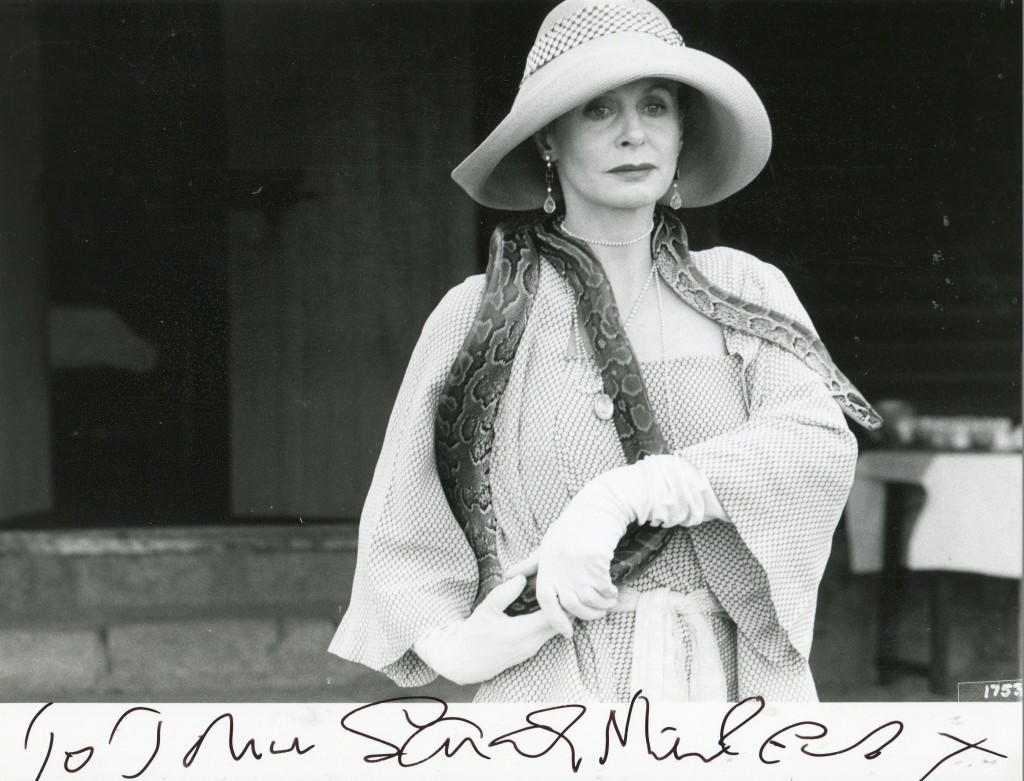
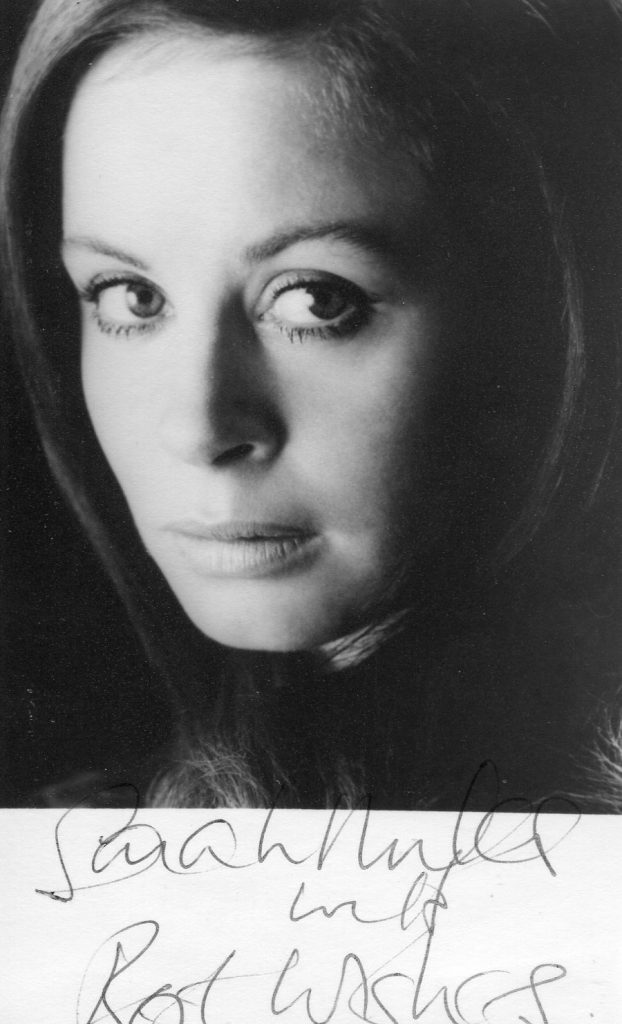

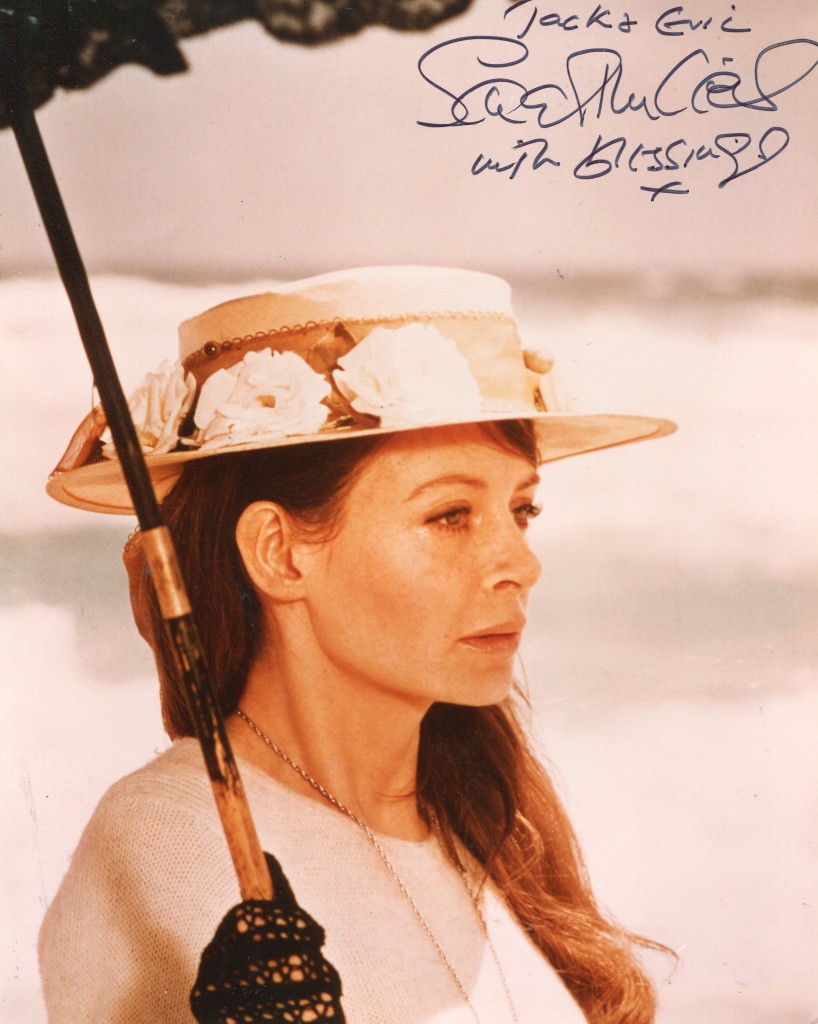
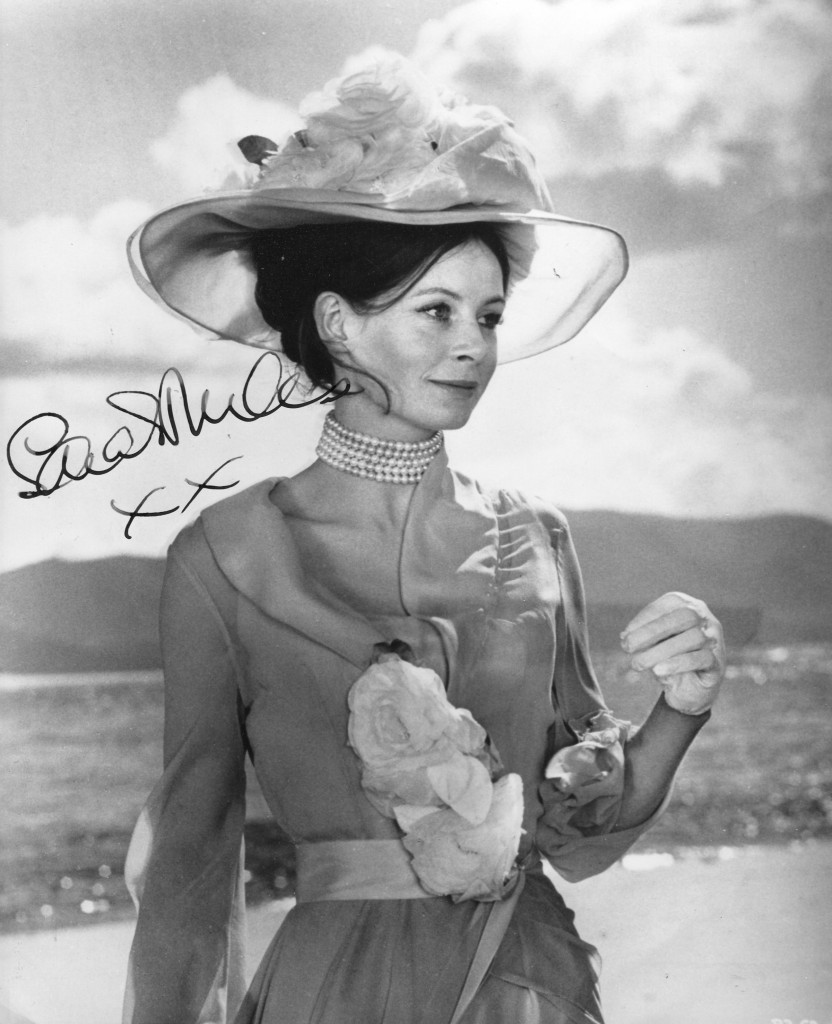
Sarah Miles (Wikipedia)
Sarah Miles was born in 1941 and is an English theatre and film actress. Her best-known films include The Servant (1963), Blowup(1966), Ryan’s Daughter (1970) and Hope and Glory (1987).
Sarah Miles was born in the small town of Ingatestone, Essex, in south east England; her brother is film director, producer, and screenwriter Christopher Miles. Miles’s parents were Clarice Vera Remnant and John Miles, of a family of engineers; her father’s inability to secure a divorce from his first wife meant Miles and her siblings were born illegitimate.[1] Through her maternal grandfather Francis Remnant, Miles claims to be the great-granddaughter of Prince Francis of Teck (1870–1910), thus a second cousin once removed of Queen Elizabeth II.
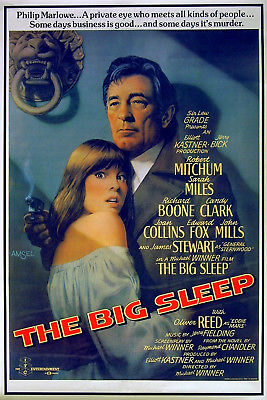
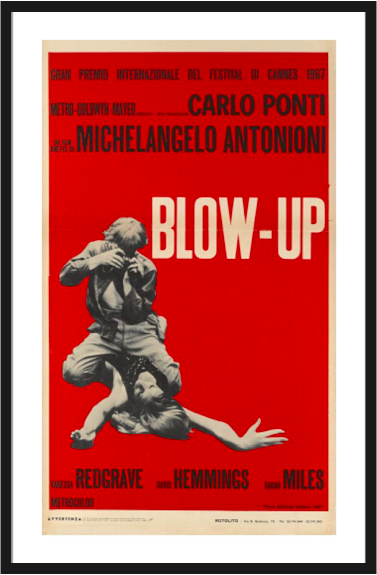
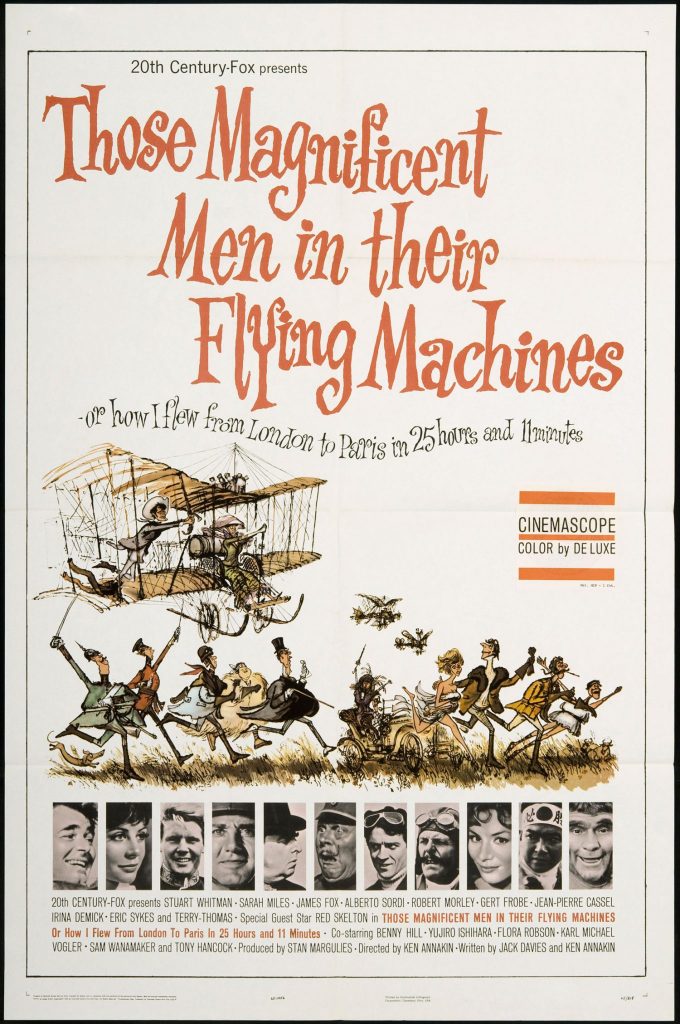
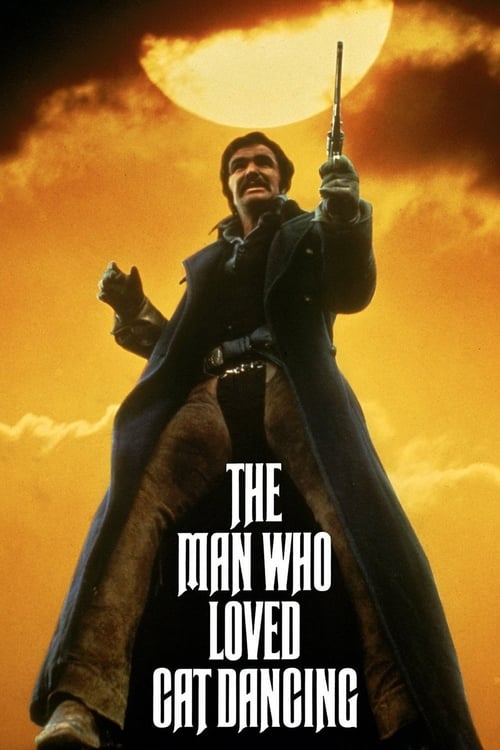
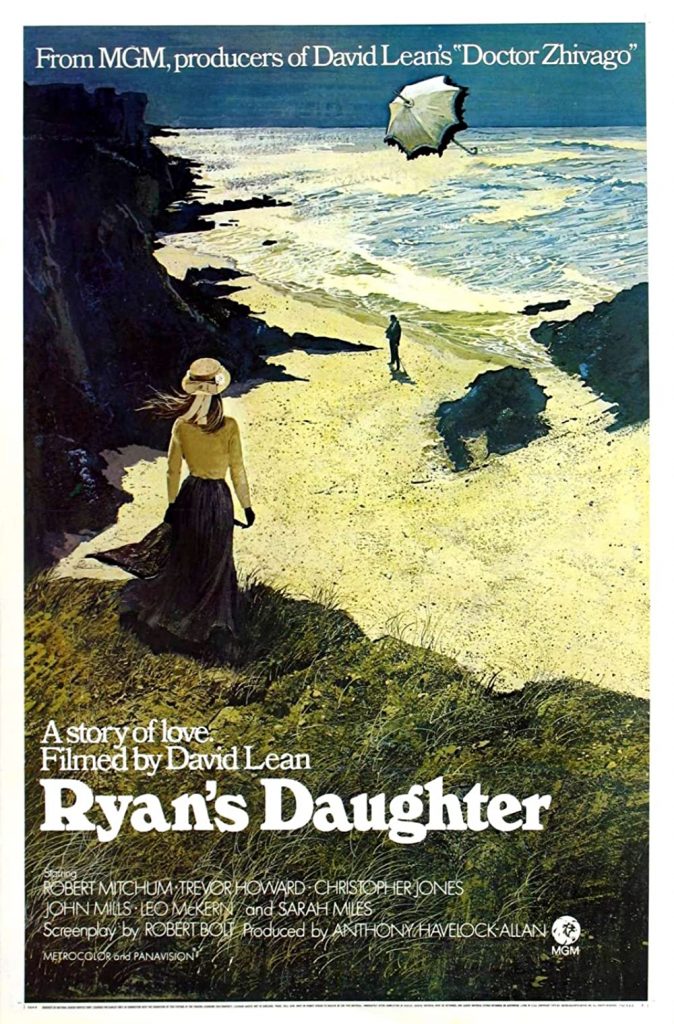
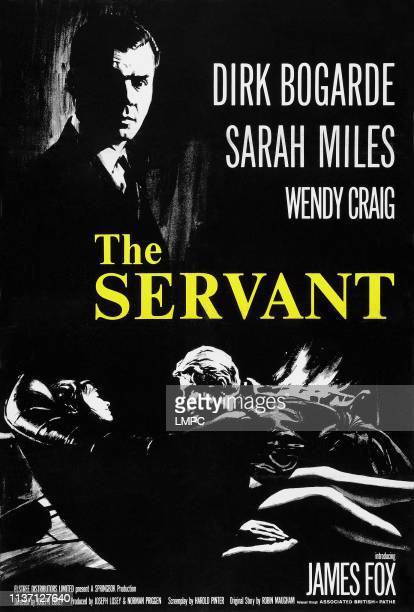
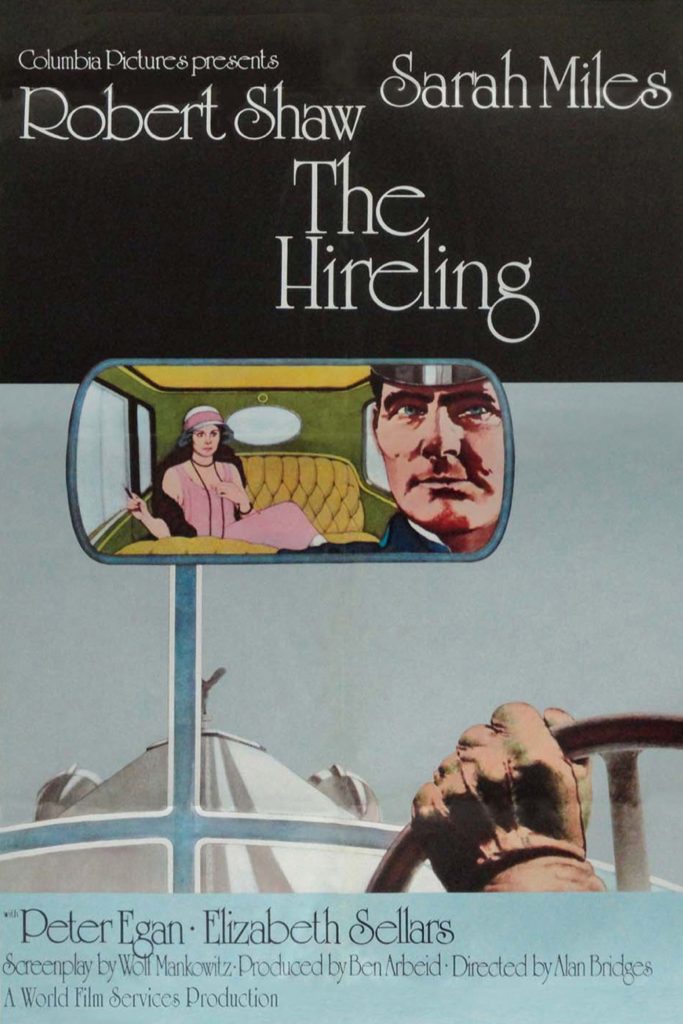
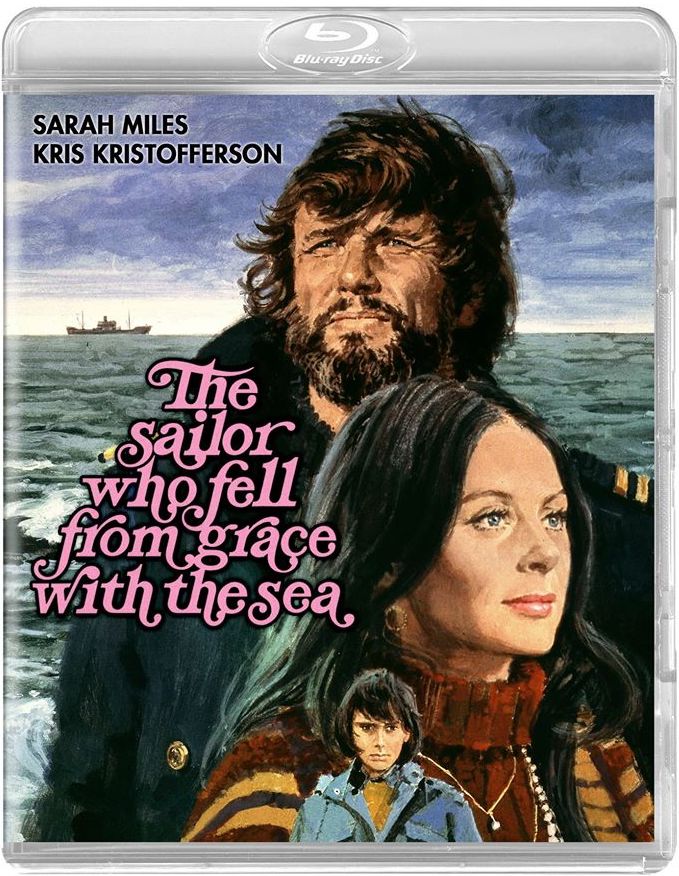
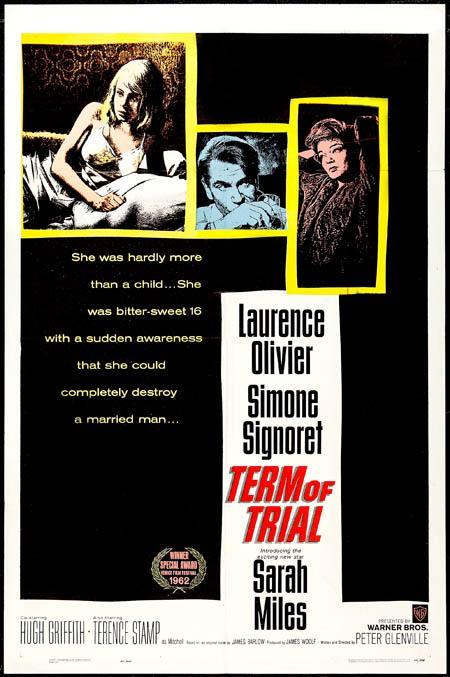
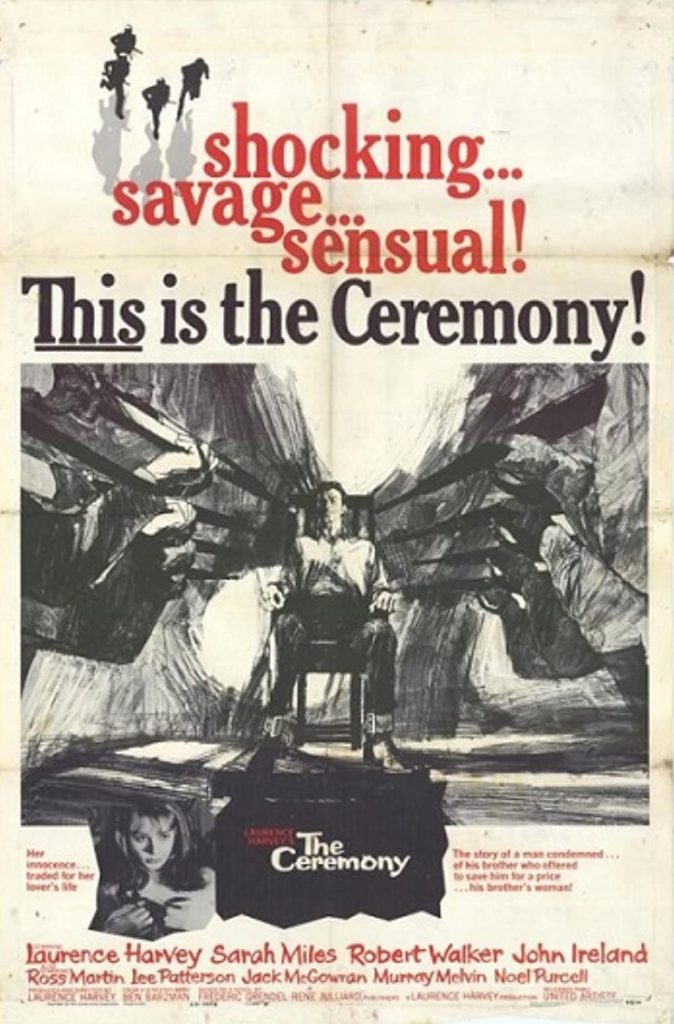
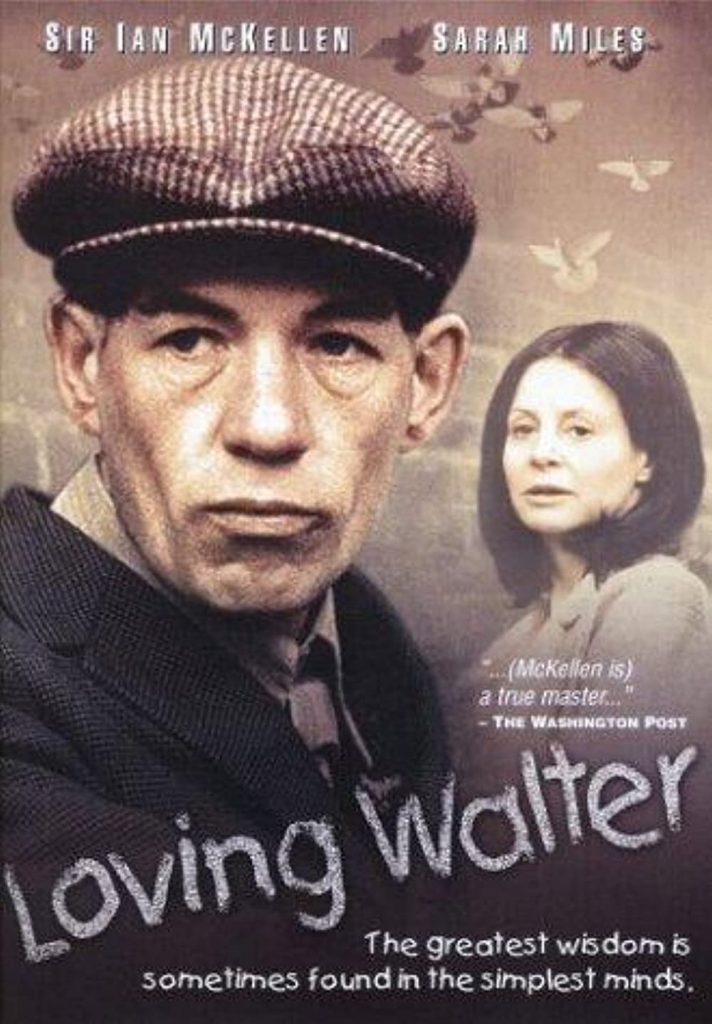
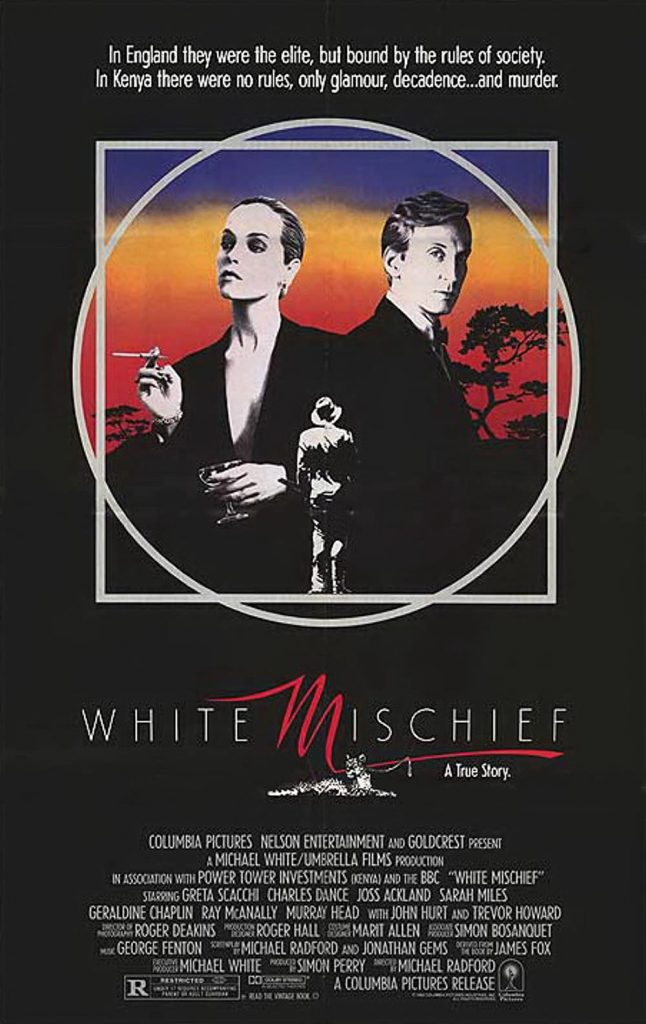
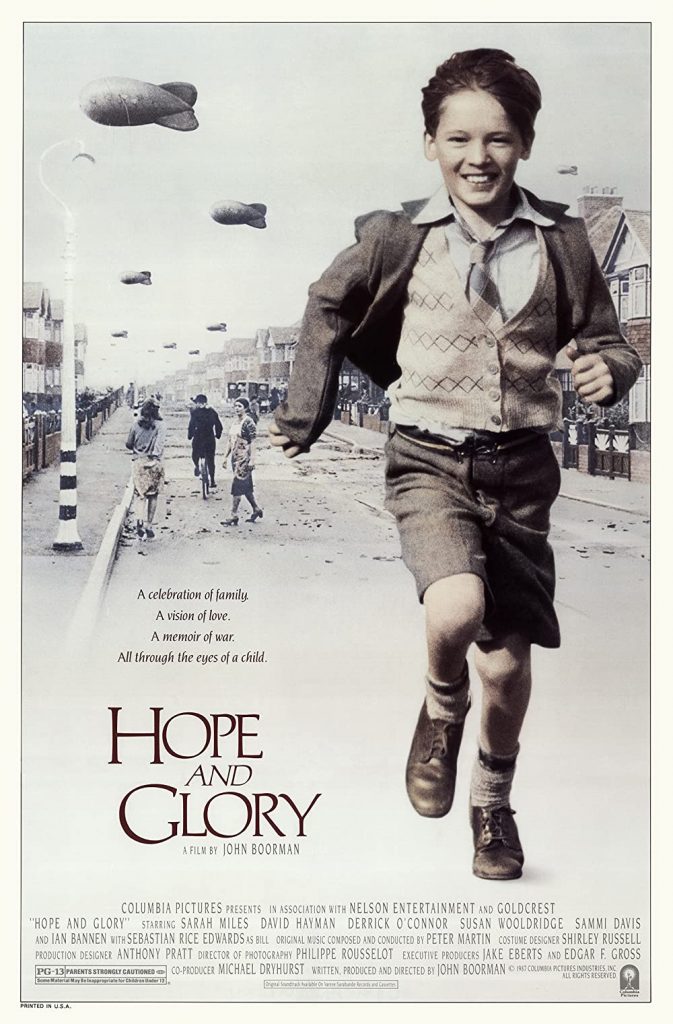
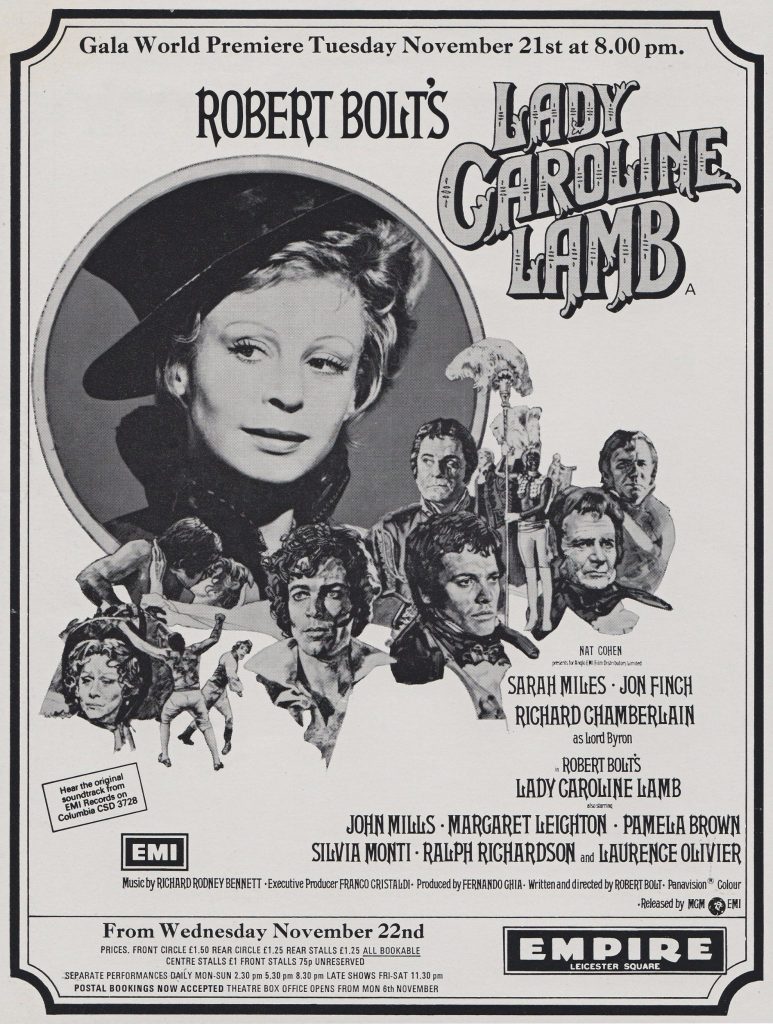
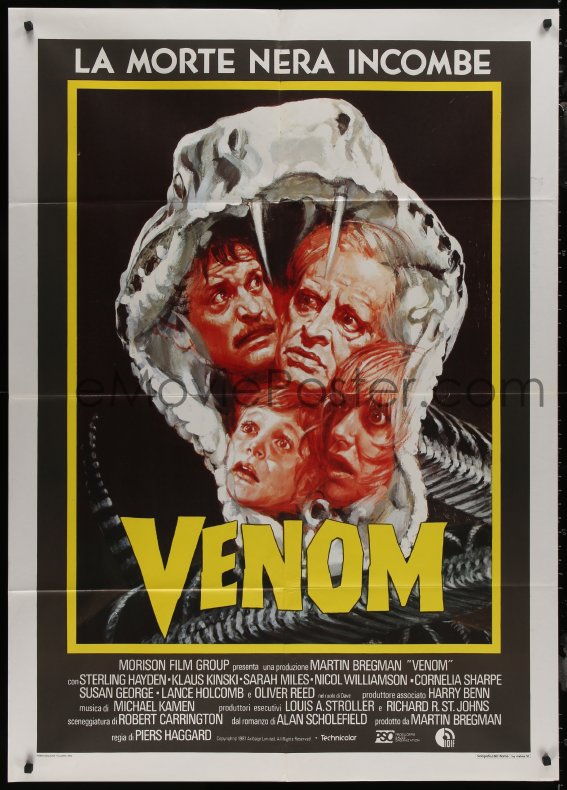
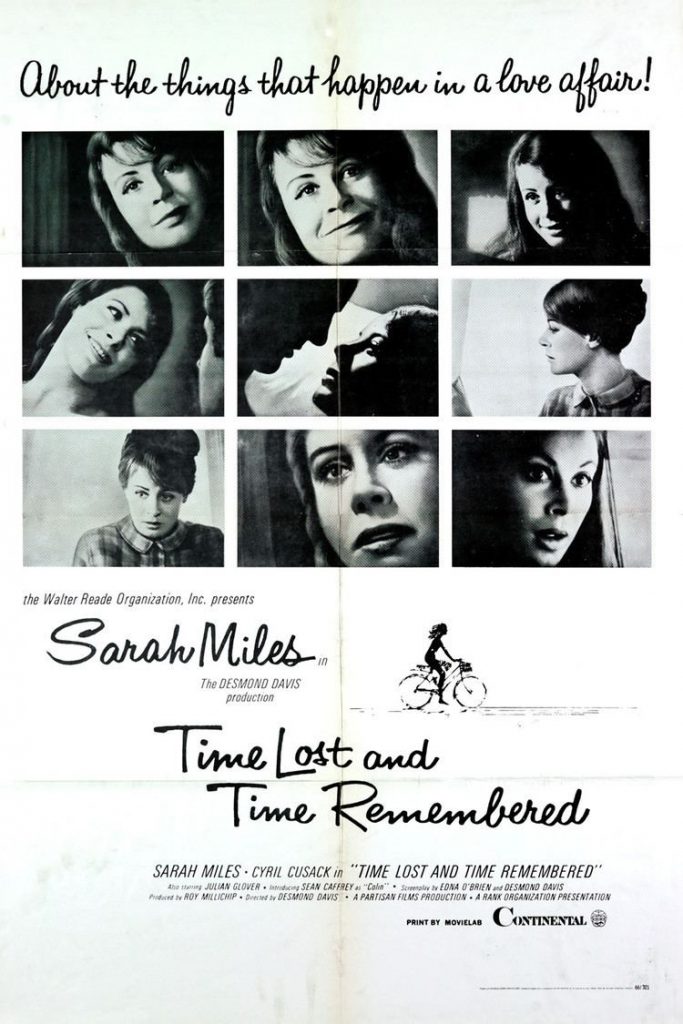
Unable to speak until the age of nine because of a stammer and dyslexia,[5] she attended Roedean, and three other schools, but was expelled from all of them. Miles enrolled at the Royal Academy of Dramatic Art (RADA) at the age of 15. Shortly after finishing at RADA, Miles debuted as Shirley Taylor, a “husky wide-eyed nymphet” in Term of Trial (1962), which featured Laurence Olivier; she was nominated for the BAFTA Award for Best Newcomer.
Soon afterwards, Miles had a role as Vera from Manchester in Joseph Losey‘s The Servant(1963), and “thrust sexual appetite into British films” according to David Thomson. She gained another BAFTA nomination, this time as Best Actress. She had a “peripheral” part in Michelangelo Antonioni‘s Blowup (1966). At Antonioni’s death in 2007, she referred to him as “a rogue and a tyrant and a brilliant man”.
On 11 February 1973, while filming The Man Who Loved Cat Dancing, aspiring screenwriter David Whiting, briefly one of her lovers, was found dead in her motel room. She was acquitted of culpability in his death. Miles later commented: “It went on for six months. Murder? Suicide? Murder! Suicide! Murder! Suicide! And, gradually, the truth came out, which I’m not going to speak about, but it certainly wasn’t me. I had actually saved the man from three suicide attempts, so why would I want to murder him? I really can’t imagine.”
After acting in several plays from 1966 to 1969, Miles was cast as Rosy in the leading title role of David Lean‘s Ryan’s Daughter (1970). It was critically savaged, which discouraged Lean from making a film for some years, despite her performance gaining her an Oscar nomination and an Oscar win for John Mills, and the film making a substantial profit. In Terence Pettigrew’s biography of Trevor Howard, Miles describes the filming of Ryan’s Daughter in Ireland in 1969. She recalls, “My main memory is of sitting on a hilltop in a caravan at six in the morning in the rain. There was no other actor or member of the crew around me. I would sit there getting mad, waiting for either the rain to stop or someone to arrive. Film-acting is so horrifically belittling.”
Her performance as Anne Osborne in The Sailor Who Fell from Grace with the Sea (1976) was nominated for a Golden Globe. Interviewer Lynn Barber wrote of Miles’ appearances in Hope and Glory, White Mischief, and her two earliest films that she “has that Vanessa Redgrave quality of seeming to have one skin fewer than normal people, so that the emotion comes over unmuffled and bare.”
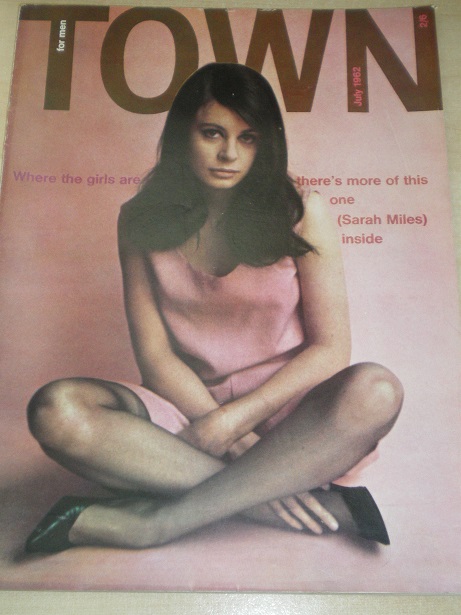
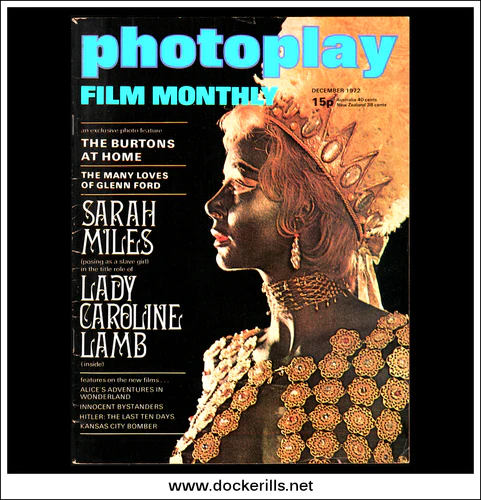
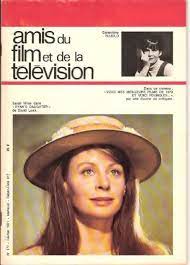
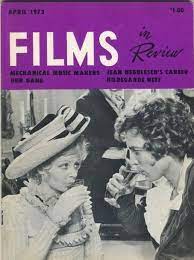
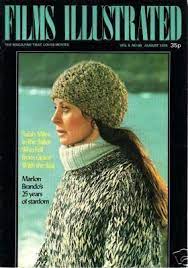
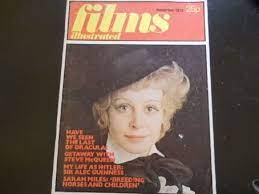
Filming White Mischief on location in Kenya in 1987, Miles worked for the second and last time with Trevor Howard, who had a supporting role, but was by then seriously ill from alcoholism. The company wanted to fire him, but Miles was determined that Howard’s distinguished film career would not end that way. In an interview with Terence Pettigrew for his biography of Howard, she describes how she gave an ultimatum to the executives, threatening to quit the production if they got rid of him. The gamble worked. Howard was kept on. It was his last major film; he died the following January.
She most recently (2008) appeared in Well at the Trafalgar Studios and the Apollo Theatre opposite Natalie Casey.
Miles was married twice to the British playwright Robert Bolt, 1967–1975 and 1988–1995. He wrote and directed the film Lady Caroline Lamb, in which Miles played the eponymous heroine, and wrote Ryan’s Daughter, as well. After his stroke, the couple reunited and Miles cared for him. “I would be dead without her”, Bolt said in 1987, “When she’s away, my life takes a nosedive. When she returns, my life soars.” The couple had a son, Tom, who is now a watch dealer.
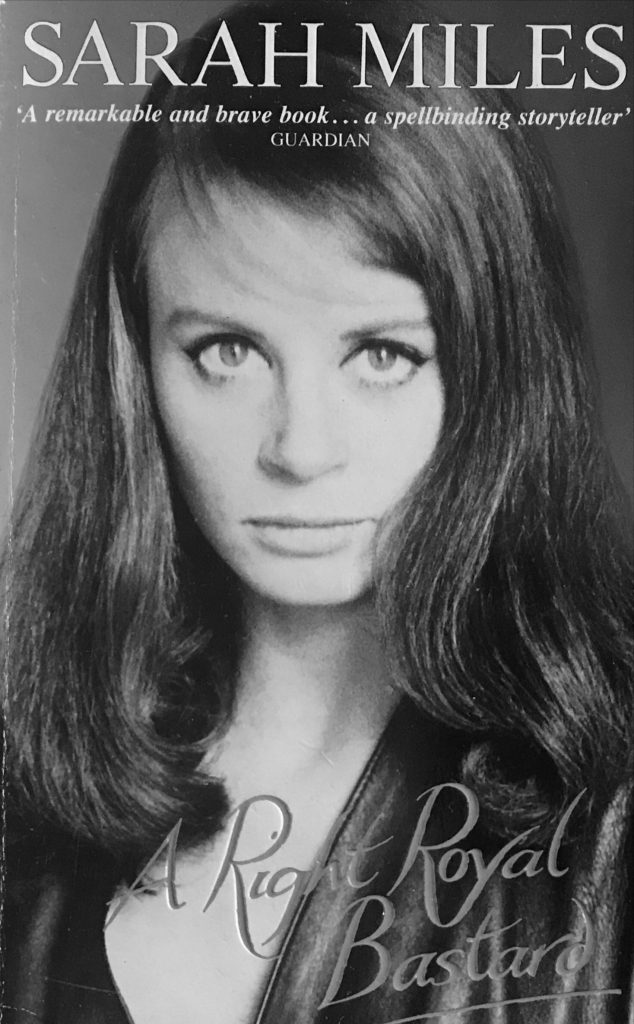
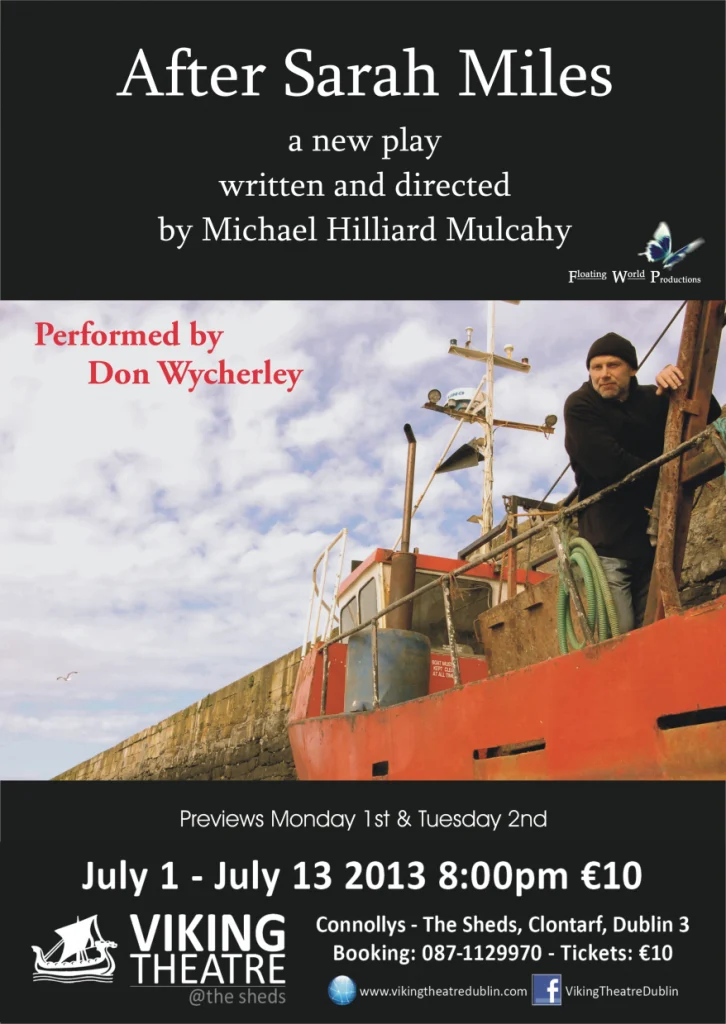
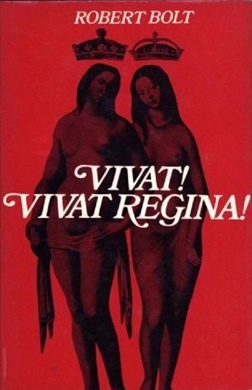
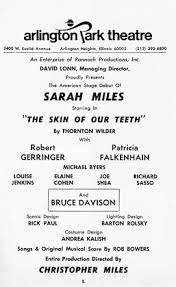
Tim Roth

Tim Roth has built up a considerable body of fine work in film since his debut in 1982 in “Made In Britain” as a white power skinhead. He has worked with Quentin Tarentino in “Reservoir Dogs” and “Pulp Fiction”.
TCM overview:
With a resume that boasted an assortment of villains and ne’er-do-wells, actor Tim Roth often had to avoid being typecast in order to play roles that demonstrated his extraordinary talents. Equally at home in both comedy and drama, Roth made an immediate impression as an unrepentant skinhead – complete with swastika tattoo on his forehead – in his first onscreen performance, “Made in Britain” (1982). He quickly became in demand after playing an assassin-in-training in “The Hit” (1984), then made a name for himself in the United States as a troubled Vincent Van Gogh in Robert Altman’s “Vincent & Theo” (1990). But it was his work with Quentin Tarantino in “Reservoir Dogs” (1992) and “Pulp Fiction” (1994) that cemented his status as one of the top stars of the independent world. Following an Oscar-nominated turn in “Rob Roy” (1995), Roth settled into playing varying degrees of malcontents before cracking big budget Hollywood with a major role in “Planet of the Apes” (2001) and stealing the show from everyone else. After disappearing into several foreign-made films, Roth re-emerged to play the arch-villain in “The Incredible Hulk” (2008), once again solidifying – and perhaps perpetuating – his image as Hollywood’s go-to bad guy.
Born May 14, 1961 in London, England, Roth was raised in middle-class Dulwich by his father, Ernie, a journalist and former member of the British Communist Party, and Anne, a landscape painter and school teacher. Forced to switch from a comfortable primary school to The Strand comprehensive in nearby Brixton, Roth encountered a rougher crowd unappreciative of his proper English accent. After quickly developing his cockney accent, Roth resigned himself to a life of taking speed and digging art in the midst of a nascent punk movement. While in school, he auditioned for a part in a musical version of “Dracula,” which sparked a previously nonexistent desire to pursue an acting career. He eventually made his way to Camberwell College of Arts, where he continued to delve into drugs, art and co-eds. But he soon dropped out of school and secured his Equity card while taking on a job selling advertising space while he worked fringe theater at night. Though many of the theaters were out in the middle of nowhere, Roth did manage to hone his chops on the works of Jean Genet and August Strindberg, though that sometimes meant performing to an audience of one.
Roth stumbled around for several years until he had one of those spontaneous, life-changing moments. In the early 1980s, while repairing a flat bicycle tire outside the Oval House, a community theater that was hosting auditions for a television movie to be directed by Alan Clarke. Instead of getting a tire pump, he was granted an audition, subsequently landing the leading role of Trevor, a violent and remorseless skinhead rebelling against anything that dares cross his path, in “Made in Britain” (1982). Roth was downright terrifying with a visceral performance, attracting immediate attention from audiences and critics. Roth made his feature debut with Mike Leigh’s wry working-class drama, “Meantime” (1983), playing a shy young man down on his luck struggling with his family to make ends meet. But it took Stephen Frears and a bottle of bleach to catapult Roth into the limelight. As the dyed blond apprentice killer learning his new trade from an old pro (John Hurt) in “The Hit” (1984), Roth offered a strong turn that was both brutal and endearing.
With a heavy helping of positive reviews, Roth was able to parlay his role in “The Hit” into a budding career, playing variations-on-a-thug in films like “Return to Waterloo” (1985), “Murder With Mirrors” (CBS, 1987) and “The Cook, the Thief, His Wife and Her Lover” (1989). In a change of pace, Roth played a troubled character of an altogether different sort in Robert Altman’s biopic “Vincent & Theo” (1990), which examined the relationship between the Van Gogh brothers. Playing against actor Paul Rhys’ controlled take on Theo, Roth’s Vincent was rife with the energy and desperation of a creative, but ultimately troubled mind. He lent the same kind of force to his pairing with Gary Oldman in Tom Stoppard’s screen version of “Rosencrantz and Guildenstern Are Dead” (1990), a wildly absurdist take on Shakespeare’s most notorious pair of supporting players. Roth’s game performance impressed aspiring filmmaker Quentin Tarantino enough to offer Roth the role of Mr. Orange, a critically-wounded undercover cop posing as a thief in the brutally violent crime thriller, “Reservoir Dogs” (1992). Adopting a flawless American accent and spending most of the movie wallowing in a pool of his own blood after a jewelry heist gone bad, Roth more than held his own with the likes of Harvey Keitel, Michael Madsen, Chris Penn and Steve Buscemi.
In the obscure, bleak independent drama “Jumpin’ at the Boneyard” (1992), Roth played a man who nearly beats his crack-addled brother (Alexis Arquette) to death after catching him in a robbery. Roth followed as real-life serial killer Charles Starkweather in the two-part miniseries “Murder in the Heartland” (ABC, 1993), earning critical plaudits for his frighteningly realistic performance. Reuniting with Quentin Tarantino, Roth memorably portrayed a small-time stickup artist who gets an unexpected comeuppance from a reforming hit man (Samuel L. Jackson) while trying to rob a coffee shop with his Honey Bunny (Amanda Plummer) in “Pulp Fiction” (1994). Buried beneath the hoopla surrounding “Pulp Fiction” was another crime thriller, “Little Odessa” (1994), starring Roth as a hit man for the Russian mob, assigned to do a job in his old neighborhood of Brighton Beach in Brooklyn. Though he received notice and acclaim for both parts, Roth found himself sinking deeper into the mud of being typecast as a crook or killer. Even a supporting turn in “Rob Roy” (1995), playing the scheming, obsequious fop Archibald Cunningham, was ultimately along the same lines. He did, however, wow critics and audiences enough to earn an Academy Award nomination for Best Supporting Actor.
While he tried to break the tide with a comic turn as a bellhop – the unifying element in the four-part anthology “Four Rooms” (1995) – the results were mixed. Roth gamely tried to be what each director wanted, but came off more mannered than amusing. Meanwhile, he returned to form as the recently released convict whose attraction to a debutante upends her nuptial plans in Woody Allen’s musical “Everyone Says I Love You” (1996). Roth displayed a modest set of pipes when called upon to warble two songs. Paired with rapper Tupac Shakur in “GRIDLOCK’d” (1997), Roth once again plumbed the depths of a troubled man; this time, a drug-addicted musician trying to clean up. After appearing as the ruthless real-life Dutch Schultz in “Hoodlum” (1997), Roth went against type a bit in “Deceiver” (1997), playing a wealthy yuppie suspected of murder. Roth finally shed his bad guy image in Giuseppe Tornatore’s English-language debut, “The Legend of 1900” (1998). Cast as the adult incarnation of a music prodigy who spent his entire life on a luxury liner – a character that was more symbolic than real – Roth delivered a sweetly touching performance that allowed him to spread his wings.
Like many actors, Roth secretly harbored a desire to become a director. He eventually made his debut with “The War Zone” (1999), an intense family drama about a brother and sister who willingly engage in incest. In translating Alexander Stuart’s controversial novel to the screen, Roth took great pains not to sensationalize the material. Using an evenhanded approach, he meticulously crafted a powerful and devastating film. Displaying virtuosity with his actors, including the relatively unknown Lara Belmont and Freddie Cunliffe, Roth elicited amazing work and proved that if he ever grew weary of playing screen villains, he could easily find a home behind the cameras. His career in front of the camera continued unabated with a supporting role as the Marquis de Lauzun in the costume drama “Vatel” (2000), which he followed with a supporting role as a sleazy owner of a strip club in the dismal crime comedy “Lucky Numbers” (2000). After playing the lethal right-hand of a scheming Cardinal (Stephen Rea) in the martial arts-tinged actioner, “The Musketeer” (2001), Roth donned a prosthetic monkey suit to portray the militant General Thade in “Planet of the Apes” (2001). Though the film was a major disappointment, his portrayal was cited as the best, eliciting true fear in viewers.
Having settled into a comfortable career that encompassed both major Hollywood blockbusters and little-seen independents, Roth continued to play stock-in-trade roles as unrepentant thugs while delving every now and then into unchartered waters. He played a stage hypnotist in 1930s Germany with dreams of starting a Ministry of the Occult in Hitler’s government in “Invincible” (2002), then portrayed Oliver Cromwell, who helped depose Charles I (Rupert Everett) with General Thomas Fairfax (Dougray Scott), in “To Kill a King” (2003). After forgettable supporting roles in the drama “The Beautiful Country” (2004) and the supernatural thriller “Dark Water” (2005), Roth joined an ensemble all-star cast that included Danny DeVito, Kim Basinger and Ray Liotta for “Even Money” (2006), a compelling, but flawed drama that depicts various lives being destroyed by drugs and gambling during the weeks leading up to a championship basketball game. Roth then starred in Francis Ford Coppola’s return to directing, “Youth Without Youth” (2007), playing a septuagenarian professor struck by lighting who suddenly finds himself aging backwards and going on the run from international authorities.
Returning to the blockbuster world, Roth played Emil Blonsky/Abomination, chief adversary to Edward Norton’s “The Incredible Hulk” (2008) – a major blockbuster that became one of the summer’s biggest hits despite relatively mixed reviews. From there, the actor took on a rare leading role on the small screen with “Lie to Me” (Fox, 2009-2011), a procedural drama where he played a clinical researcher who uses his skills of interpreting facial expressions and body language to solve crimes for police and the FBI. The show received mainly good reviews from critics and started its three season run on a positive note with enough of an audience to make it a hit. But by the end of that initial season, however, viewership dropped off significantly – a trend that continued throughout the following two seasons until the network finally canceled the show in May 2011. Meanwhile, Roth continued to appear on the big screen, starring as an owl-like angel in the British-made suburban fantasy “Skellig” (2009). After playing a legendary action director who winds up dead in the indie showbiz comedy “Pete Smalls Is Dead” (2010), Roth was a New York detective who holds a key piece of evidence that can take down a shady businessman (Richard Gere) in the financial thriller “Arbitage” (2012).
The above TCM overview can also be accessed online here.
Tom Hardy
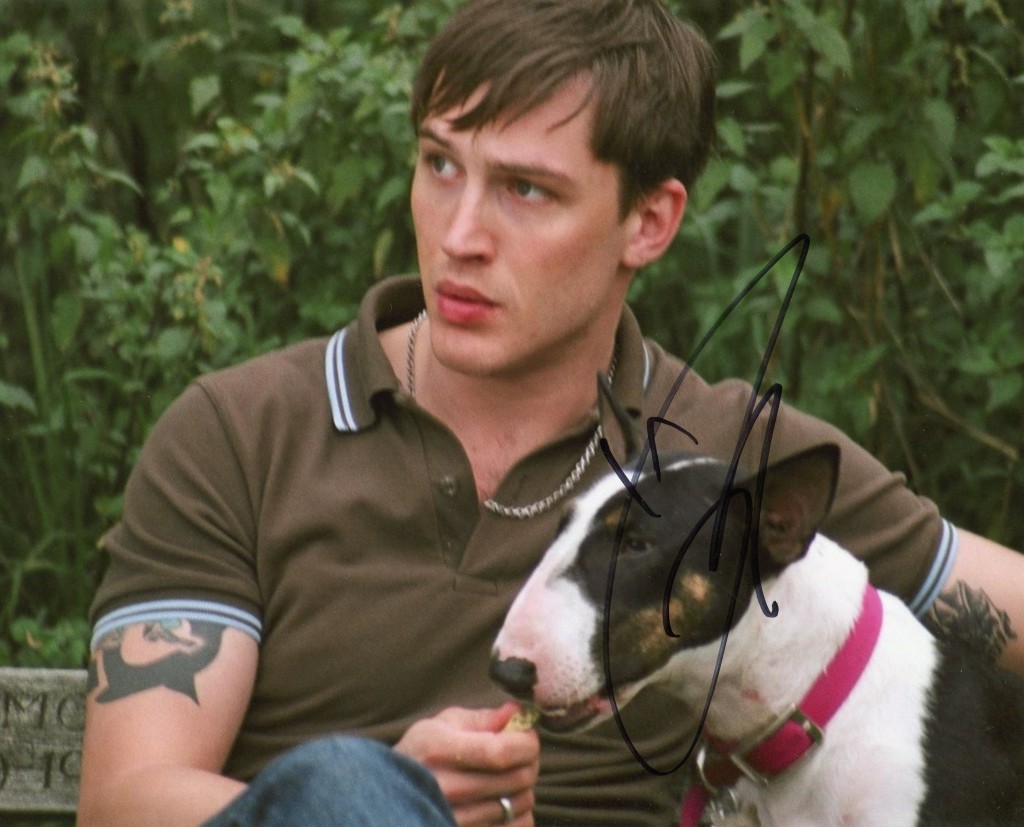
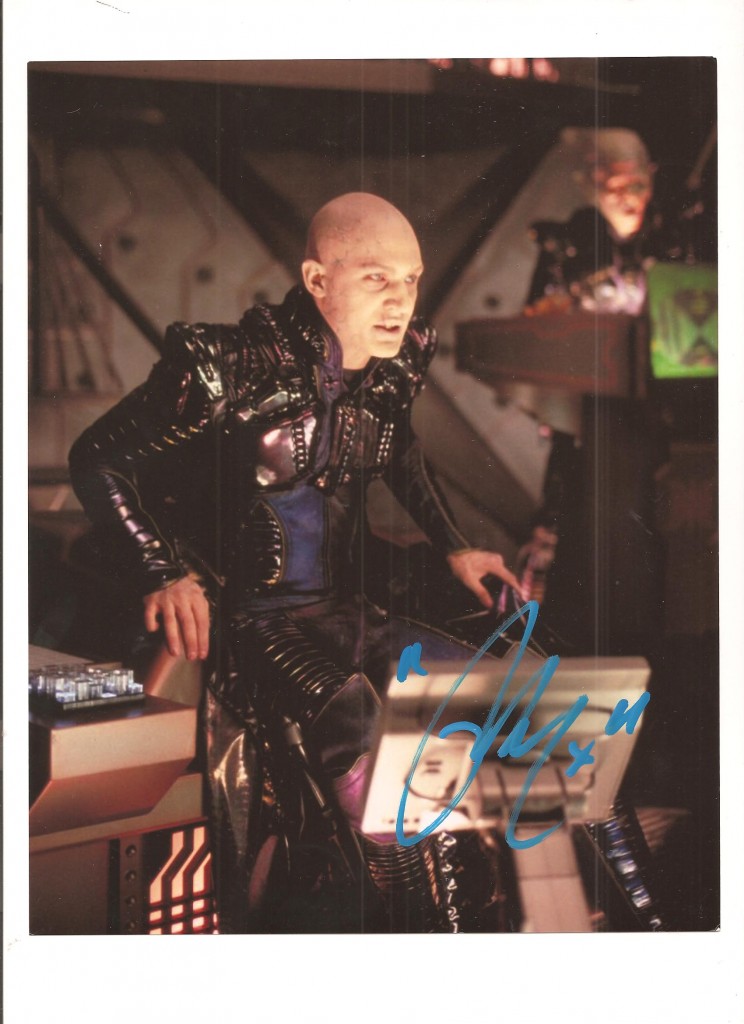
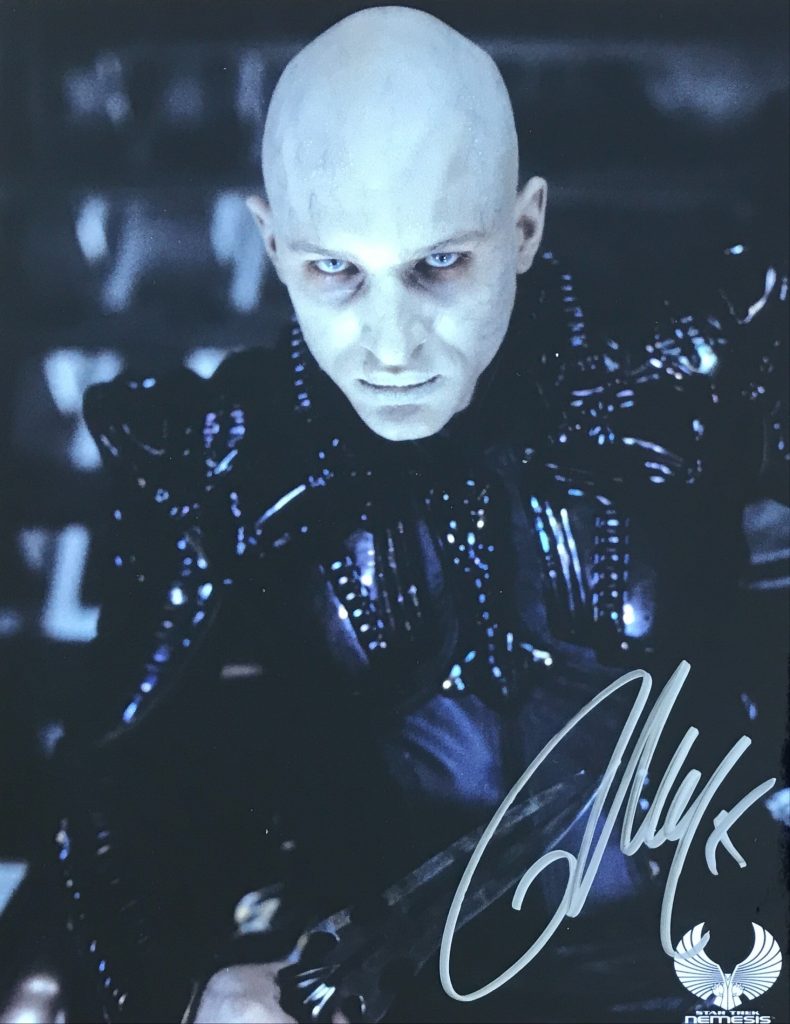
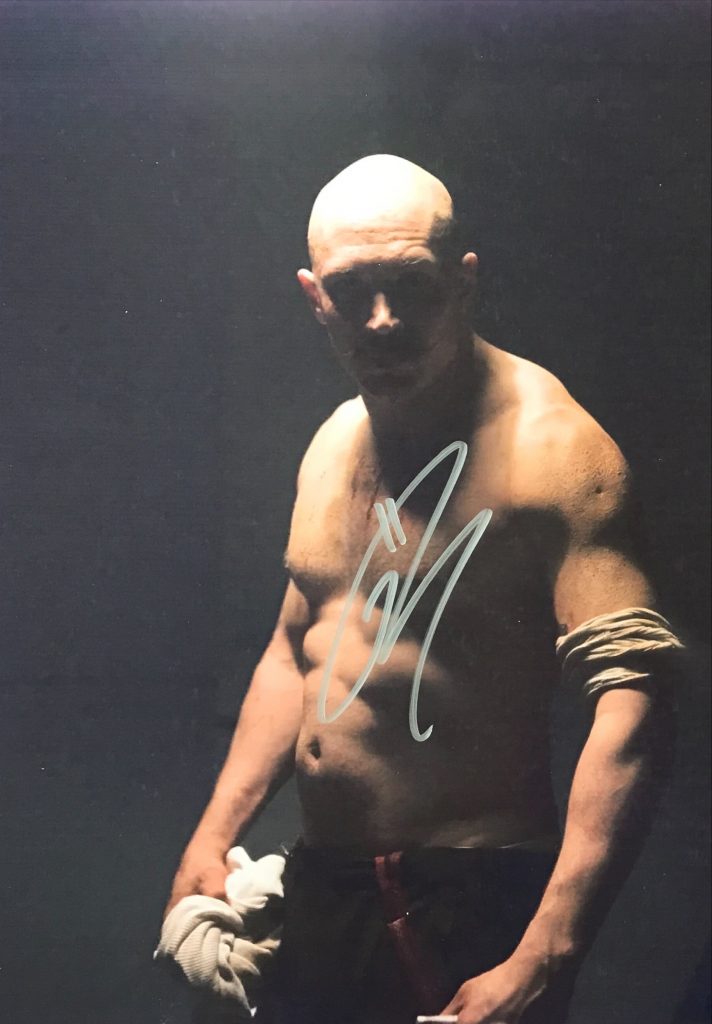
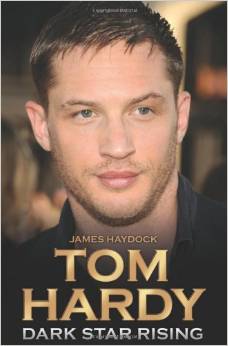
Tom Hardy is one the rising young actors of British movies who is now making an international reputation with his roles in “Inception”, “Thinker, Tailor, Soldier, Spy” and especially “The Dark Knight Rises”. He is currently making “Mad Max 4 : Fury Road” in the role undertaken previously by Mel Gibson. He was born in Hammersmith, London in 1977 . His first major acting role was in TV’s Band of Brothers” in 2001. Since then he has made his mark in such films as “Layer Cake”. An actor on the rise is Tom Hardy.
TCM overview:
Tom Hardy set tongues wagging in the U.K. with raw-nerved performances in “Stuart: A Life Backwards” (BBC, 2007) and “Bronson” (2009), and in the U.S. as well with a scene-stealing performance in Christopher Nolan’s sci-fi blockbuster, “Inception” (2010). With this trifecta of projects, he found himself vaulted from rising U.K. heartthrob to Hollywood breakout-star-in-the-making. A native of suburban London, Hardy stumbled through an adolescence of recidivist juvenile delinquency and drug-addiction to channel his energies into drama. He won some high-profile early acting jobs, seeing his first major screen time in the youthful ensemble of the epic HBO miniseries, “Band of Brothers” (2001), and turning in an intense performance as the intergalactic villain in “Star Trek: Nemesis” (2002). A crack cocaine habit nearly derailed his career, but upon sobering up, he served notice he was a dramatic force to be reckoned with, winning raves and awards for his 2003 performances in the West End productions of “In Arabia, We’d All Be Kings” and “Blood.” He won the romantic lead of the Earl of Leicester in the 2005 BBC miniseries “The Virgin Queen,” the first of a series of critically lauded prestige television projects that would include “Stuart: A Life Backwards” and classic film remakes “A for Andromeda” (BBC, 2006), “Oliver Twist” (BBC, 2007) and “Wuthering Heights” (ITV, 2009). He would show a distinct penchant for playing tough guys in U.K.-produced indie features such as Guy Richie’s “RocknRolla” (2008) and “Bronson” before his hilarious turn as a dream-walking thief in “Inception” put him on the fast-track to higher-profile films, including Nolan’s much-anticipated third Batman film series installment and the title character in a “Mad Max” reboot. A sinewy ball of thespian intensity, Hardy earned his growing renown not only as a simmering bad boy, but as a ferociously charismatic leading man.
He was born Edward Thomas Hardy on Sept. 15, 1977, the son of Edward and Anne Hardy, a writer and artist, respectively, in Hammersmith, London, U.K. Growing up in East Sheen, an adolescent Hardy had developed a rebellious streak as he bridled against his suburban environs and rigid boarding school protocols. He developed an alcohol abuse problem as a teenager, wound up expelled from one school, periodically spent nights in jail cells for disorderly conduct, and even found himself arrested and facing serious charges for stealing a car and gun possession – all while still a teenager. He avoided doing hard time, he later said, only because his co-conspirator was the son of a British diplomat. At 19, his distinctive physiognomy landed him on a supermodel search competition on the U.K. morning show “The Big Breakfast” (Channel 4, 1992-2002), which he won, initiating a brief career in modeling. He attempted to focus his energies on acting, attending Richmond College for the Performing Arts, but wound up expelled again after skipping too many classes. He studied Method acting at Drama Centre London, but he continued to live on impulse; in 1999 he married a woman he had known only three weeks. He cut his studies short when he won one of a raft of plum parts for young actors who populated Tom Hanks and Steven Spielberg’s ambitious “Band of Brothers,” the HBO miniseries that put faces on ordinary grunts of one U.S. Army company amid their journeys through WWII-torn Europe. A similar casting call would land him back in U.S. military garb for Ridley Scott’s telling of the U.S. military debacle in Somalia, “Black Hawk Down” (2001), and the military theme to his career continued with the lead in the French Foreign Legion drama, “An English Legionnaire” (2002).
Hardy’s next job had the potential of being a true breakthrough role, as he went shorn-headed to play the twisted, scheming young clone of Capt. Jean Luc Picard in the latest entry in the Star Trek franchise, “Star Trek: Nemesis.” But the film opened to bad reviews and concurrent with Peter Jackson’s much-anticipated “Lord of the Rings: The Two Towers” and wound up severely under-delivering at the box-office. At one point in 2002, Hardy’s boozing and drug addictions caught up with him, and, as he recalled in the London Telegraph, he blacked out and woke up on a Soho street “with a crack pipe, covered in blood and vomit.” His marriage collapsed and, with his parents help, he checked himself into detox and submitted to a regimen of psychotherapy. He channeled his pathos into his craft, returning in 2003 to live theater by taking roles in “In Arabia We’d All Be Kings” and “Blood.” His performances lit up the critical radar, prompting The Evening Standard to bestow upon him its “Most Promising Newcomer Award” in 2003 and the Society of London Theatre to make him a nominee for its Olivier Award in the same category the next year. He picked up some inauspicious indie film parts in “The Reckoning” (2003), “Dot the I” (2003), “LD 50 Lethal Does” (2004), “EMR” (2004) and “Layer Cake” (2004), a caper film starring future-James-Bond Daniel Craig. But he would draw more buzz for his ongoing London theatrical work, including a turn in the visceral play about a family haunted by incest, “Festen,” in which he “exudes a dangerous unpredictability,” per the The Independent newspaper.
Hardy made the jump to Brit TV in 2005, reuniting with “Band of Brothers” star Damien Lewis in the ITV World War II drama, “Colditz,” the tale of Allied POWs held in the notorious German prison camp, specifically focusing on Lewis’ character’s escape to Britain to woo the woman Hardy loves and to surreptitiously thwart the latter’s own escape attempts. Hardy would turn up in a succession of BBC productions, including “Gideon’s Daughter” (2005); the remake of the opera “Sweeney Todd” (2006); a remake of the 1961 Brit sci-fi classic “A for Andromeda,” and the lavish serial retelling of Queen Elizabeth’s history, “The Virgin Queen,” with Hardy playing the Earl of Leicester, the love of the monarch’s life. Hardy diversified his résumé somewhat, founding his own repertory company, Shotgun Theatre Company, for which he directed a production of his father’s first play, “Blue on Blue.” He also earned paychecks for some low-budget sci-fi outings, “Minotaur” (2006) and “Flood” (2007); bolstered his indie credentials with turns in Sofia Coppola’s revisionist take on the notorious French queen, “Marie Antoinette” (2006) and the Brit ensemble romantic comedy “Scenes of a Sexual Nature” (2006); and ventured into series television as a handyman with an unseemly agenda in the BBC’s eerie small-town drama, “Cap Wrath” (2007). In 2007, he won the central role of the womanizing libertine Dormiant in the National Theatre’s production of George Etherege’s classic play, “The Man of Mode.” Also that year, Hardy had a supporting turn as a sleazy street thug in the indie crime thriller “w Delta z” (2007). It began a run of gritty roles in which he would bring texture and depth to unsavory characters: the scurrilous Bill Sikes in a BBC retread of “Oliver Twist;” a gay gangster in Guy Richie’s slick London underworld caper film “RocknRolla;” and notoriously violent Brit convict Charles Bronson in “Bronson,” for which he won the British Independent Film Award for best actor.
Largely hailed as his tour de force was Hardy’s portrayal of Stuart Shorter in the 2007 BBC outing, “Stuart: A Life Backwards,” dazzling critics and viewers in the role of a muscular dystrophy-stricken, homeless alcoholic who recounts a violent menagerie of abuse and crime that brought him to his low station. In 2008, the performance earned Hardy a BAFTA Award nomination. He showed true range in 2009, upping the ante on his bad-boy ethos in “The Take” (Sky, 2009), a crime-thriller miniseries in which he played an ex-con out to right all the wrongs done to his family while he was in prison. He also put his smoldering stamp on the role of Heathcliff in a dark ITV update of “Wuthering Heights,” playing the erstwhile Olivier role such that Kathryn Flett, writing in The Observer, referred to his portrayal as “thoroughly dangerous to know in all the right ways the man is sex on fire.” His co-star on both projects, Charlotte Riley, shared the sentiment, and she and Hardy began a relationship, eventually to be engaged in 2010. Early that year, he took his first major American theater lead in the U.S. world premiere of Bret Leonard’s play “The Long Red Road” at the Goodman Theatre in Chicago, directed by Philip Seymour Hoffman. In summer 2010, he showed up in director Christopher Nolan’s special-effects thriller “Inception,” which starred Leonardo DiCaprio as a corporate espionage specialist specializing in raiding people’s minds in their dreams. DiCaprio hatches a one-last-heist scenario to reclaim his life, bringing along a team of dream specialists, including Hardy with his rapier-sharp patter as an in-dream shapeshifter. Nolan was impressed enough with his work that he would cast Hardy as the ferocious, chemically enhanced muscleman Bane in the third outing of Warner Bros.’ rebooted Batman film series, “The Dark Knight Rises” (2012). Hardy was also tapped to take over for the real-life scandal-prone Mel Gibson as the lead in George Miller’s long-anticipated fourth entry in his “Mad Max” series, “Mad Max 4: Fury Road.”
The above TCM overview can now be accessed online here.
Stanley Baker


Stanley Baker is one of the most under-appreciated actors on film. He specialised in tough guy roles in war movies and gritty thrillers, mainly in the UK in the 1950’s and 60’s. He is interesting in that he produced many of his films. From Wales, he was born in the Rhonda in 1928, he was a contemporary of Richard Burton but I think he was a far better actor and brought great shades of nuance to his many characters.
He was a terrific actor and one of my favourites. Thankfully many of his films are on DVD and I have included here the covers of the more interesting ones. He is best known for “Zulu” but I especially like “Hell’s Drivers” from 1957 and “Hell Is A City” from 1960. Sadly he died at the early age of 48 in 1976 in Malaga, Spain. Robert Shail has written a very good biography which is available.
“Quinlan’s Movie Stars”
Forecful Welsh-born actor whose career progressed predictably from villains you love to hate to tough and sometimes crooked central characters. His hard incompromising crime films of the early 1960s pioneered the way for a new realism, especially in terms of dialogue. His star faded in the 1970s.
TCM overview:
Commanding Welsh leading man who began his career as a teen in 1943 and bristled through a series of British actioners and crime thrillers of uneven merit as tough villains and criminals throughout the 1950s. “The Cruel Sea” (1953) established Baker as a screen presence and won him a long-term Rank contract. In the late 1950s and early 60s he broke out of his typecasting in several exceptional films by both Cy Endfield and Joseph Losey (“Blind Date” 1959, “Accident” 1967) and co-produced several of his own films. He was knighted in 1976, just before his death
IMDB entry:
Stanley Baker was unusual star material to emerge during the Fifties – when impossibly handsome and engagingly romantic leading men were almost de rigueur. Baker was forged from a rougher mould. His was good-looking, but his features were angular, taut, austere and unwelcoming. His screen persona was taciturn, even surly, and the young actor displayed a predilection for introspection and blunt speaking, and was almost wilfully unromantic. For the times a potential leading actor cast heavily against the grain. Baker immediately proved a unique screen presence – tough, gritty, combustible – and possessing an aura of dark, even menacing power.
















Stanley Baker came from rugged Welsh mining stock – and as a lad was unruly, quick to flare, and first to fight. But like his compatriot and friend Richard Burton, the young Baker was rescued from a gruelling life of coal mining by a local teacher, Glyn Morse, who recognized in the proud and self-willed lad a potent combination of a fine speaking voice, a smouldering intensity, and a strong spirit. And like Burton, Stanley Baker was specially and specifically tutored for theatrical success. In fact, early on, Burton and Baker appeared together on stage as juveniles in The Druid’s Rest, in Cardiff, in Wales. But later, by way of Birmingham Repertory Theatre and then the London stage, Stanley Baker charted his inevitable course toward the Cinema.
Film welcomed the adult Baker as the embodiment of evil. Memorable early roles cast the actor in feisty unsympathetic parts – from the testy bosun in Captain Horatio Hornblower R.N. (1951) to his modern-day counterpart in The Cruel Sea (1953), to the arch villains inHell Below Zero (1954) and Campbell’s Kingdom (1957) to the dastardly Mordred inKnights of the Round Table (1953) and the wily Achilles in Helen of Troy (1956). For a time there was a distillation of Baker’s screen persona in a series of roles as stern and uncompromising policemen – in Violent Playground (1958), Chance Meeting (1959), andHell Is a City (1960). But despite never having been cast as a romantic leading man, and being almost wholly associated with villainous roles, Stanley Baker nevertheless became a star by dint of his potent personality.
Although now enthroned by enthusiastic audiences Stanley Baker was obviously aware he need not desert unsympathetic parts – and his relish in playing the scheming Astaroth inSodom and Gomorrah (1962) and the unscrupulous mobster Johnny Bannion in Concrete Jungle (1960) was readily evident. But soon there were more principled, if still surly characters, in The Guns of Navarone (1961), The Games (1970), Eva (1962), and Accident(1967), the latter two films reuniting Baker with the American ex-patriot director of The Criminal, Joseph Losey. Stanley Baker also established a fruitful working relationship with the Canadian director Cy Endfield, following their early collaboration on Hell Drivers(1957). When Baker inaugurated his own film production company – it was Endfield he commissioned to write and direct both Zulu (1964) and Sands of the Kalahari (1965), with Baker allotting himself the downbeat roles of the martinet officer John Chard in Zulu and the reluctant hero Mike Bain in The Sands Of The Kalahari.



Baker must have felt more assured in disenchanted roles – as further films from Baker’s own stable still promoted the actor in either criminal or villainous mode – as gangster Paul Clifton in Robbery (1967) and the corrupt thief-taker Jonathan Wild in Where’s Jack?(1969). The success of Baker’s own productions was timely and did much to enhance the prestige of what was then considered an ailing British film industry. Stanley Baker also took the opportunity to move into the realm of television, appearing in, among other productions, the dramas BBC Play of the Month: The Changeling (1974) and BBC Play of the Month: Robinson Crusoe (1974), and also in the series How Green Was My Valley(1975).
Knighted in 1976 it was evident that Stanley Baker may well have continued to greater heights, both as an actor and a producer, but he succumbed to lung cancer and died at the early age of forty-nine. But his legacy is unquestioned. He was a unique force on screen, championing characterizations that were not clichéd or compromised. He established his own niche as an actor content to be admired for peerlessly portraying the disreputable and the unsympathetic. In that he was a dark mirror, more accurately reflecting human frailty and the vagaries of life than many of his more romantically or heroically inclined contemporaries. There have forever been legions of seemingly interchangeable charming and virile leading men populating the movies – but Stanley Baker stood almost alone in his determination to be characterized and judged by portraying the bleaker aspects of the human condition. Consequently, more than twenty-five years after his death, his sombre, potent personality still illuminates the screen in a way few others have achieved.
– IMDb Mini Biography By: David WishartOften played tough working class characterAwarded a knighthood in Harold Wilson‘s resignation Honour’s List in June 1976. At the time his knighthood was announced, Baker thought he had beaten his lung cancer following surgery in February of that year. However, although the tumour in his lung had been removed, it had spread into his chest and attached itself to his heart. Since no further surgery was possible, he had only a maximum of nine weeks to live anyway. Three weeks after the announcement of his knighthood, Baker was hospitalized in Spain with pneumonia. As he had died without making the journey to be formally knighted at Buckingham Palace, he cannot be referred to as Sir Stanley, but Queen Elizabeth IIagreed that his widow Ellen Martin could use the title “Lady Baker”.
A dedicated socialist, he made political broadcasts for Harold Wilson‘s Labour Party in Wales and was active in the Campaign for Nuclear Disarmament (CND).He was warned not to address a CND rally prior to the release of Zulu (1964), in case his left-wing political activism hurt the film’s performance in the United States.At the beginning of his career he was typecast as villains until Laurence Olivier invited him to play Henry Tudor in Richard III (1955).In November 2006 a Lounge dedicated to his life and work was opened by his widow, Lady Ellen Baker and his sons at Ferndale Rugby club in the village of his birth.At the beginning of his career he struggled to break into films, but a few days before his 22nd birthday he was given the role of the bosun in Captain Horatio Hornblower R.N.(1951).At the time of his death he had been planning to play a rapist in a film, with his Zulu(1964) co-star Michael Caine playing a detective.At his peak he earned £120,000 for each film he made, at a time when the average house cost just £3,000. He owned a large house in London and a holiday villa in Spain, while his children attended private schools in England.His wife Ellen and Richard Burton believed Baker’s performance in How Green Was My Valley (1975) was so good because he was playing his own father.In May 1972 he was one of the co-organisers of the Great Western Bardney Pop Festival in Lincoln.
He formed Diamond Films for the making of Zulu (1964). And later Oakhurst Productions.He was a close friend of Richard Burton from childhood until they fell out in 1967.With the success of Concrete Jungle (1960), Baker all but displaced his polar oppositeDirk Bogarde to become Britain’s most popular star. However, Zulu (1964) was his last huge success. His career was damaged by the commercial failure of Sands of the Kalahari(1965) and Robbery (1967), although the latter received favourable reviews.His breakthrough as an actor came in 1950 in Christopher Fry‘s anti-war play “A Sleep of Prisoners” alongside Denholm Elliott and Leonard White.
The production later toured the United States.His father lost a leg in an accident in the mine and was thereafter unemployed until the Second World War took men away into the services. His elder brother Freddie, a miner, died of pneumoconiosis early in 1976 after many years of debilitation and sickness.He was awarded the freedom of Ferndale, and in a ceremony which he attended in 1970, the local council placed a plaque on the house where he was born.
He had intended to produce Zulu Dawn (1979).He was offered the role of James Bond in Dr. No (1962), but turned it down because he was unwilling to commit to a three-picture contract. Baker may have regretted this decision, since a few years later he asked producer Albert R. Broccoli about the possibility of playing a villain in a Bond movie.Turned down many Hollywood offers during the 1950s because he wanted to keep the British film industry going. Nevertheless he was much in demand for American films. The producers of Helen of Troy (1956) were so desperate to cast him that they did not mind which part he played.
Although born in Wales, Baker spent most of his formative years in England since his parents moved to London in the mid-1930s.In a floral tribute sent to Stanley Baker’s funeral, Zulu leader Chief Mangosuthu Butheleziwho had worked with him in Zulu (1964) described him as “the most decent white man I have ever met”.Baker served in the Royal Army Service Corps from 1946-1948.Although he regretted not accepting the part of James Bond himself, Baker was a friend of and outspoken admirer of Sir Sean Connery‘s work in the role.Bore a striking resemblance to his contemporary fellow actor, Australian Rod Taylor.The part that would have been played by Baker in 1979’s “Zulu Dawn” was enacted by Burt Lancaster.
Personal Quotes
It’s impossible to direct yourself in a movie.I’m a dedicated Socialist first of all, I suppose, because … I saw the things that happened to … my family, and to the people around me. That sort of existence must stay in your mind.I made up my mind years ago, that the best parts in films always went to the villain. I was determined to corner the bad man’s market.If it hadn’t been for one man, just one man who luckily took me up, I would have always hated school and I would probably have ended up as one of the criminals I’ve played too many times on the screen.I was a complete dud at school. I hated school. I got into awful trouble. Before I met Welsh school teacher Glyn Morris every teacher thought of me as a good-for-nothing.[on Anthony Quinn] I personally like big acting, like that of Anthony Quinn. He is the quintessence, if you’ll pardon the pun, of the actor who is able to control big emotion for the screen. A lot of lightweight performances on the screen don’t work for me because I can’t see anything behind them. With Quinn, it’s difficult not to see everything behind it.[on Elia Kazan] He chose the actors that he wanted, made the film he wanted to make, and he made it the way he wanted to make it with absolutely no contribution or interference from the major distributors at that time. That was a major step forward at that time in the film industry. He was a pioneer and he made it possible for other people.Mine is a hell of a face, but ;it keeps me in work because there aren’t many like it.[Of Sybil Williams] We came from the same village. We were close friends. When I heard that Rich [Richard Burton] and Sybil had got together, I thought, “The lucky bastard”. She was the best thing that ever happened to him.I thought, “Yes, Rich [Richard Burton] has gone a little further than usual, but he’s going to be his old self again before long. Oh, what a fool he made of us. Well, not really us. Only himself . . . I loved Rich very much, and thank God we became friends again, but I didn’t like what he did to Sybil. He lost himself when he met Elizabeth Taylor. The above IMDB entry can also be accessed online here.
Stanley Baker
Simon Heffer in The Telegraph
Allen Leech

Allen Leech is one of Ireland’s most promising young actors. He was born in 1981 in Dublin. He had a major role in 2003 in the movie “Cowboys and Angels” followed by “Man About Dog”. He also starred in the 2011 film “Re-Wind” with Owen McDonnell and Amy Huberman. He is currently best known for his part as Branson the driver in the highly popular television series “Downton Abbey”.
“MailOnline” interview:
Tom Branson has emerged as one of the major characters in Downton Abbey. Are you pleased?
It came out of nowhere. When I first joined, I thought I’d be the chauffeur for a couple of episodes, and now here I am running the estate! I love that you can find Branson downstairs chatting to Mr Carson or upstairs having a whisky with Lord Grantham. He’s the only character who transcends the classes. Incidentally, the ‘whisky’ we drink on camera is burnt sugar and water, so when you see Tom having a drink, it’s not alcoholic.
How do you kill time between scenes?
We’ve discovered a great game called Bananagrams. It’s a bit like Scrabble, and Maggie Smith is the champion.
Are you afraid of being killed off, like Matthew Crawley (Dan Stevens) or Lady Sybil (Jessica Brown Findlay)?
Yes, it’s pot luck! Any of us could be caught under a falling tree, or poisoned by Mrs Patmore [the cook]. If I was going to go, I’d like Thomas [Downton’s underbutler] to kill me. We could have a wrestle for the knife and Thomas could win. But don’t make that happen – I don’t want to be killed off!
Tell us about your new film, In Fear…
It couldn’t be further from Downton – and that’s exciting. It’s set in Ireland and is very contained, claustrophobic and frightening. I went to watch it and it genuinely made me jump, which was a bit daft as I knew what was coming.
Do you ever get starstruck?
I was lucky enough to go to the Screen Actors Guild Awards in Los Angeles earlier this year – Downton won Outstanding Ensemble Performance in a Drama Series.
Jeff Daniels had been looking in my direction but I assumed he was looking at the cast of Breaking Bad, who were on the next table. I couldn’t believe he’d know who I was when he came up and said hello. We had a drink and I turned into a crazy fan and told him how much I loved him.
What was the last party you went to?
My friend’s birthday last week. We got through the Groucho Club’s entire cocktail menu. I’m not going to lie to you, I didn’t feel great the next day.
What do you do in your spare time?
I run a lot. I was supposed to do a marathon this year but unfortunately I got injured beforehand. I’m toying with the idea of doing my first triathlon next year instead.
Do you have a hidden talent?
If I do, it’s so hidden, even I don’t know about it!
What plans do you have for the rest of the year?
I’m going to Australia to watch the Melbourne Cup, which I’m really excited about. Horse racing is big in my family: my mum and brother both own horses. My older brother is going to come with me and that should make the trip even more special.
In Fear is in cinemas now
The above “MailOnline” interview can also be accessed online here.



Stanley Baker was one of British cinema’s outstanding figures in the 1950s and 1960s, but he might never have become a star had it not been for his friend and fellow Welshman, Richard Burton. Like Burton, Baker came from a mining family, and like him his talent was spotted by a schoolmaster. Burton’s mentor found a way for him to get into Oxford; Baker’s got him on to the stage at aged 14, in 1942, where he was spotted by a casting director at Ealing Studios. After that he made ends meet as an apprentice electrician, and then did his National Service, emerging as a sergeant in the Royal Army Service Corps. After demobilisation, he gave acting another go, thanks to Burton, who tipped him for a small part in Terence Rattigan’s play Adventure Story (1949). As Burton put it, Baker “hated to lose at anything – and rarely did”.
Baker was a natural athlete and had aspired to be a footballer or boxer: in his films he exuded a no-nonsense masculinity in which, paradoxically, he drew attention to himself precisely by not drawing attention to himself. Like most British film actors of the time, he began in forgettable roles in forgettable B-movies, but his big break came playing the bosun’s mate in the 1951 film Captain Horatio Hornblower, alongside a starry Hollywood cast led by Gregory Peck and Virginia Mayo.
Baker went on to appear in a procession of landmark films of the 1950s, starting with The Cruel Sea – which, as I have mentioned before, I regard as the greatest of all British war films. In it, Baker played a character much against type: there was nothing genuinely manly about the bullying and manipulative first officer Bennett, who turns out to be a coward.
Probably the film for which he is best remembered – and it remains a masterpiece, though doubtless will soon be cancelled because of what bigots will consider its unacceptable depiction of colonialism – was Zulu in 1964. . It was an exception to the gritty black-and-white films he was making in the late 1950s and early 1960s, anticipating the “kitchen sink” genre. He was excellent in Lewis Gilbert’s The Good Die Young (1954) as a boxer (the role came to him naturally) who turns to crime because of an injury. Two years later, after being cast by Laurence Olivier as Henry Tudor in Richard III, he played a crook again in Child in the House.
But Baker as the sympathetic hard-nut was at his best in Hell Drivers, an enormously entertaining if bizarre tale about a group of lorry drivers – most of whom seem to be criminals or psychopaths – employed to transport gravel around middle England for the big road building programme of the time. Those who have not seen it may deduce from that description that it is thoroughly boring, but thanks to the stunt driving, the depiction of tensions between men of various degrees of odiousness trapped in a grim way of life and, above all, Baker’s performance as a working-class hero of real moral force, Hell Drivers is rather irresistible.
Amid this run of earthy films – others worth catching are Violent Playground (1958), in which he plays a policeman tackling juvenile gangsterism, and The Criminal (1960), in which he plays an old lag – came what I think is his best film, Hell Is a City, about Manchester low-life, also released in 1960. Baker plays Inspector Martineau, who awaits the arrival in Manchester of an escaped criminal whom he suspects, rightly, of returning to the city to pick up his loot. The criminal (played by the American John Crawford) then tries to rob a bookie’s assistant on her way to the bank with a bag of money – she is a young woman, and he accidentally kills her (in a scene of explicit violence, unusual for the time). Martineau puts his marriage under serious strain in trying to catch the murderer, and in a gripping scene on precipitous rooftops, eventually does. The penultimate scene reports the man’s hanging, with Martineau not batting the proverbial eyelid.
Baker, like too many hard-bitten, heavy-smoking men of his generation, died of lung cancer, aged just 48. The British cinema rather went off in the late 1970s and 1980s: one wonders whether Baker might have redeemed it, had he lived to his full span.